Exercises Single Correct from CENGAGE CHEMISTRY (HINGLISH) ORGANIC COMPOUNDS WITH FUNCTIONAL GROUP for Class 12
| Class 12 | CHEMISTRY |
| Chapter | ORGANIC COMPOUNDS WITH FUNCTIONAL GROUP |
| CENGAGE CHEMISTRY (HINGLISH) | Exercises Single Correct |
| Medium | English |
| Academic Year | 2023-2024 |
Question 24
Account for the following:
(i) pKb of aniline is more than that of methylamine.
(ii) Ethylamine is soluble in water whereas aniline is not.
(iii) Methylamine in water reacts with ferric chloride to precipitate hydrated feric oxide.
(iv) Although amino group is o– and p– directing in aromatic electrophilic substitution reactions, aniline on nitration gives a substantial amount of m-nitroaniline.
(v) Aniline does not undergo Friedel-Crafts reaction.
Diazonium salts of aromatic amines are more stable than those of aliphatic amines.
(vii) Gabriel phthalimide synthesis is preferred for synthesising primary amines.View SolutionQuestion 25
Convert :
i. Ethanoic acid into methanamine
ii. Hexanenitrile into 1-aminopentane
iii. Methanol to ethanoic acid
iv. Ethanoic acid into propanoic acid
v. Ethanamine into methanamine
iv. Methanamine into ethanamine
vii. Nitromethane into dimethulamine
viii. Propanoic acid into ethanoic acid .View SolutionQuestion 28
Accomplish the following conversions :
i. Nitrobenzene to benzoic acid ltbRgt ii. Benzone to m-bromophenol
iii. Benzoic acid to aniline ltbRgt iv. Aniline to 2,4,6, -tribromofluorobenzene ltbRgt v. Benxyl chloride to 2-phenylethanamine
iv. Chlorobenzen to p-bromoaniline
vii. Aniline to p-bromoaniline ltbRgt viii. Benzamide to toluene ltbRgt xi. Aniline to benzyl alcohol .View SolutionQuestion 29
Give the strutures of (A), (B) and (C ) in the following reactions :
i. <imga≤ocr_imageload∈g=lazysrc=https://d10lpgp6xz60nq.cloudfront.net/physics_images/KSV_CHM_ORG_P2_C15_E01_009_Q01.pngwh=80%mx-autosty≤=background:white;><br>ii.C_(6)H_(5)N_(2)CI overset(CuCN)rarr (A) overset(H_(2)O //H^(+))rarr (B) overset(NH_(3))underset(Delta)rarr (C)<br>iii.CH_(3)CH_(2)Br overset(KCN)rarr (A) overset(LiAIH_(4))rarr (B) overset(HNO_(2))underset(0^(@)C)rarr (C)<br>iv.C_(6)H_(5)NO_(2) overset(Fe//HCI)rarr (A) overset(NaNO_(2)+HCI)underset(273K)rarr (B) overset(H_(2)O //H^(+))underset(Delta)rarr (C)<br>v.CH_(3)COOH overset(NH_(3))underset(Delta)rarr (A) overset(NaOBr)rarr (B) overset(NaNO_(2) //HCI)rarr (C)<br>vi.C_(6)H_(5)NO_(2) overset(Fe //HCI)rarr (A) overset(HNO_(2))underset(273K)rarr (B) overset(C_(6)H_(5)OH)rarr (C)View SolutionQuestion 34
Give plausible explanation for each of the following :
(i) Why are amines less acidic than alcohols of comparable molecular masses ?
(ii). Why do primary amines have higher boiling poings han tertiary amines ?
iii. Why are aliphatic amines stroner bases than aromatic amines ?View SolutionQuestion 39
An amino acid reacts with 10ml0.05MNaOH and the final solution haspH=2.30 When20ml of these base is added in the resulting solution.The pH become9.7.Identify the amino acid and calculate the isoelectric point of the amino acid.This amino acid is prepared by the reaction of compound (X)with NH3and further hydrolysis with HCNcompound (X) is less Catom containing compound that gives postitive iodoform test and positive Fehling's solution test.
Amino acid is:View SolutionQuestion 40
An amino acid reacts with 10ml0.05MNaOH and the final solution haspH=2.30 When20ml of these base is added in the resulting solution.The pH become9.7.Identify the amino acid and calculate the isoelectric point of the amino acid.This amino acid is prepared by the reaction of compound (X)with NH3and further hydrolysis with HCNcompound (X) is less Catom containing compound that gives postitive iodoform test and positive Fehling's solution test.
Compound (X) is:View SolutionQuestion 41
An amino acid reacts with 10ml0.05MNaOH and the final solution haspH=2.30 When20ml of these base is added in the resulting solution.The pH become9.7.Identify the amino acid and calculate the isoelectric point of the amino acid.This amino acid is prepared by the reaction of compound (X)with NH3and further hydrolysis with HCNcompound (X) is less Catom containing compound that gives postitive iodoform test and positive Fehling's solution test.
Isoelectric point of the amino acid is:View SolutionQuestion 54
A substance(X) contains 41.37%C,6.89%H.0.166gm of (X) gaveNH3 which was absorbed in50ml of N/10H2SO4.The excess of acid required 30mlof N/10NaOH for neutralisation.(X)on treatment withHNO2gave succinc acid (X)on heating lostNH3 to give(A).(A) reacts withBr2and NAOH to give(B) containing 41.02%C,5.88%H, and 11.96%N.(B)on further treatment withBr2and NaOHgives (C)(3-amino propanoic acid).(C)reats withNHO2 to give β-hydroxy-propanoic acid.
Percentage of N is (X) is:View SolutionQuestion 55
A substance(X) contains 41.37%C,6.89%H.0.166gm of (X) gaveNH3 which was absorbed in50ml of N/10H2SO4.The excess of acid required 30mlof N/10NaOH for neutralisation.(X)on treatment withHNO2gave succinc acid (X)on heating lostNH3 to give(A).(A) reacts withBr2and NAOH to give(B) containing 41.02%C,5.88%H, and 11.96%N.(B)on further treatment withBr2and NaOHgives (C)(3-amino propanoic acid).(C)reats withNHO2 to give β-hydroxy-propanoic acid.
Compound (X) is:View SolutionQuestion 56
A substance(X) contains 41.37%C,6.89%H.0.166gm of (X) gaveNH3 which was absorbed in50ml of N/10H2SO4.The excess of acid required 30mlof N/10NaOH for neutralisation.(X)on treatment withHNO2gave succinc acid (X)on heating lostNH3 to give(A).(A) reacts withBr2and NAOH to give(B) containing 41.02%C,5.88%H, and 11.96%N.(B)on further treatment withBr2and NaOHgives (C)(3-amino propanoic acid).(C)reats withNHO2 to give β-hydroxy-propanoic acid.
Compound (A) is:View SolutionQuestion 57
A substance(X) contains 41.37%C,6.89%H.0.166gm of (X) gaveNH3 which was absorbed in50ml of N/10H2SO4.The excess of acid required 30mlof N/10NaOH for neutralisation.(X)on treatment withHNO2gave succinc acid (X)on heating lostNH3 to give(A).(A) reacts withBr2and NAOH to give(B) containing 41.02%C,5.88%H, and 11.96%N.(B)on further treatment withBr2and NaOHgives (C)(3-amino propanoic acid).(C)reats withNHO2 to give β-hydroxy-propanoic acid.
Compound (B) is:View SolutionQuestion 58
A substance(X) contains 41.37%C,6.89%H.0.166gm of (X) gaveNH3 which was absorbed in50ml of N/10H2SO4.The excess of acid required 30mlof N/10NaOH for neutralisation.(X)on treatment withHNO2gave succinc acid (X)on heating lostNH3 to give(A).(A) reacts withBr2and NAOH to give(B) containing 41.02%C,5.88%H, and 11.96%N.(B)on further treatment withBr2and NaOHgives (C)(3-amino propanoic acid).(C)reats withNHO2 to give β-hydroxy-propanoic acid.
Compound (C) is:View SolutionQuestion 59
A substance(X) contains 41.37%C,6.89%H.0.166gm of (X) gaveNH3 which was absorbed in50ml of N/10H2SO4.The excess of acid required 30mlof N/10NaOH for neutralisation.(X)on treatment withHNO2gave succinc acid (X)on heating lostNH3 to give(A).(A) reacts withBr2and NAOH to give(B) containing 41.02%C,5.88%H, and 11.96%N.(B)on further treatment withBr2and NaOHgives (C)(3-amino propanoic acid).(C)reats withNHO2 to give β-hydroxy-propanoic acid.
The conversion of (B) to (C) is called: View SolutionQuestion 135
Assertion (A) : Ph⊕N2BrΘ couples with N,N-dimethyl aniline (I) but not with 2,6,-dimethyl-N,N-dimethuyl aniline (II)
Reason (R ): Due to steric inhibition of resonce , the p-potion of (II) is not sufficiently activated fro the coupling reation.
Due to steric inhibition of resonamne, the p-position of (II) is not sufficiently activated for the coupling reaction.View SolutionQuestion 155
Statement I: Aniline on reaction with NaNO2HCl at 0∘C followed by coupling with β-naphthol gives a dark blue coloured precipitate.
Statement II: The colour of the compound formed in the reaction of aniline with NaNO2/HCl at 0∘C followed by coupling with β-naphthol is due to extended conjugation.View SolutionQuestion 171
A basic volatile nitrogen compound give a foul smelling gas when treated with chaloroform and alcoholic potash. A0.295gm sample of the substance dissolved in aqueous HCl and treated with NaNO2 solution at 0∘C libreated a colourless , odorless gas whose volume corresponded to 112ml at STP. After the evoltion fo the gas was complte , the aqueous solution was distilled to give an orgfanic liquid which did not coniain nitrogen and wihic on watemiing with alkali and iodine gave a uellow preciptitate , Idntify the orginal substance assuming that it contains one (N) atom per molecule .View SolutionQuestion 183
A mixture of two aromatic compounds (A) and (B) separated by dissolving it in chloroform followed by extraction with aqwueous KOH solution. The organic layer containing compound (A) when heate with alcoholic solution of KOH produced a compound (C ) (C7H5N) associated with an unpleasnt odour . The alkaline aqueous layer on the other hand , when heated with chloroform and then acidified gave a mixture of two isometic compounds (D) and (E ) of molecular formula C7H6O2. Identity the compounds (A), (B ) . (C ) (D), and (E ) and write their structures .View SolutionQuestion 185
An organic compound (A) C8H4O3 , in dry bebzene in the presence of anhydrous AlCl3 gives compound (B ). The compound (B) on treatment with PCl5 followed by reaction with H2/Pd(BaSo4) gives compound (C ) which on reaction with hydrazine gives a cyclide compound (D) (C14H10N2). Identify (A), (B) (C ), and (D) Explain the formation of (D ) from (C ).View Solution
All Exercises from CENGAGE CHEMISTRY (HINGLISH) Class 12 CHEMISTRY ORGANIC COMPOUNDS WITH FUNCTIONAL GROUP
- ARCHIVES ANALYTICAL AND DESCRIPTIVE
- ARCHIVES ASSERTION-REASONING
- ARCHIVES FILL IN THE BLANKS
- ARCHIVES MULTIPLE CORRECT
- ARCHIVES SINGLE CORRECT
- CONCEPT APPLICATION 4
- EXERCISES ASSERTION AND REASONING
- EXERCISES CONCEPT APPLICATION
- EXERCISES LINKED COMPREHENSION
- EXERCISES MULTIPLE CORRECT
- EXERCISES SINGLE CORRECT
- EXERCISES SUBJECTIVE
- ARCHIVES ANALYTICAL AND DESCRIPTIVE
- ARCHIVES ASSERTION-REASONING
- ARCHIVES FILL IN THE BLANKS
- ARCHIVES MULTIPLE CORRECT
- ARCHIVES SINGLE CORRECT
- CONCEPT APPLICATION 4
- EXERCISES ASSERTION AND REASONING
- EXERCISES CONCEPT APPLICATION
- EXERCISES LINKED COMPREHENSION
- EXERCISES MULTIPLE CORRECT
- EXERCISES SINGLE CORRECT
- EXERCISES SUBJECTIVE
- ARCHIVES ANALYTICAL AND DESCRIPTIVE
- ARCHIVES ASSERTION-REASONING
- ARCHIVES FILL IN THE BLANKS
- ARCHIVES MULTIPLE CORRECT
- ARCHIVES SINGLE CORRECT
- CONCEPT APPLICATION 4
- EXERCISES ASSERTION AND REASONING
- EXERCISES CONCEPT APPLICATION
- EXERCISES LINKED COMPREHENSION
- EXERCISES MULTIPLE CORRECT
- EXERCISES SINGLE CORRECT
- EXERCISES SUBJECTIVE
- ARCHIVES ANALYTICAL AND DESCRIPTIVE
- ARCHIVES ASSERTION-REASONING
- ARCHIVES FILL IN THE BLANKS
- ARCHIVES MULTIPLE CORRECT
- ARCHIVES SINGLE CORRECT
- CONCEPT APPLICATION 4
- EXERCISES ASSERTION AND REASONING
- EXERCISES CONCEPT APPLICATION
- EXERCISES LINKED COMPREHENSION
- EXERCISES MULTIPLE CORRECT
- EXERCISES SINGLE CORRECT
- EXERCISES SUBJECTIVE
- ILLUSTRATION 15.1
- SOLVED EXAMPLES
- ILLUSTRATION 15.1
- SOLVED EXAMPLES
- ILLUSTRATION 15.1
- SOLVED EXAMPLES
- ILLUSTRATION 15.1
- SOLVED EXAMPLES

 .
. .
.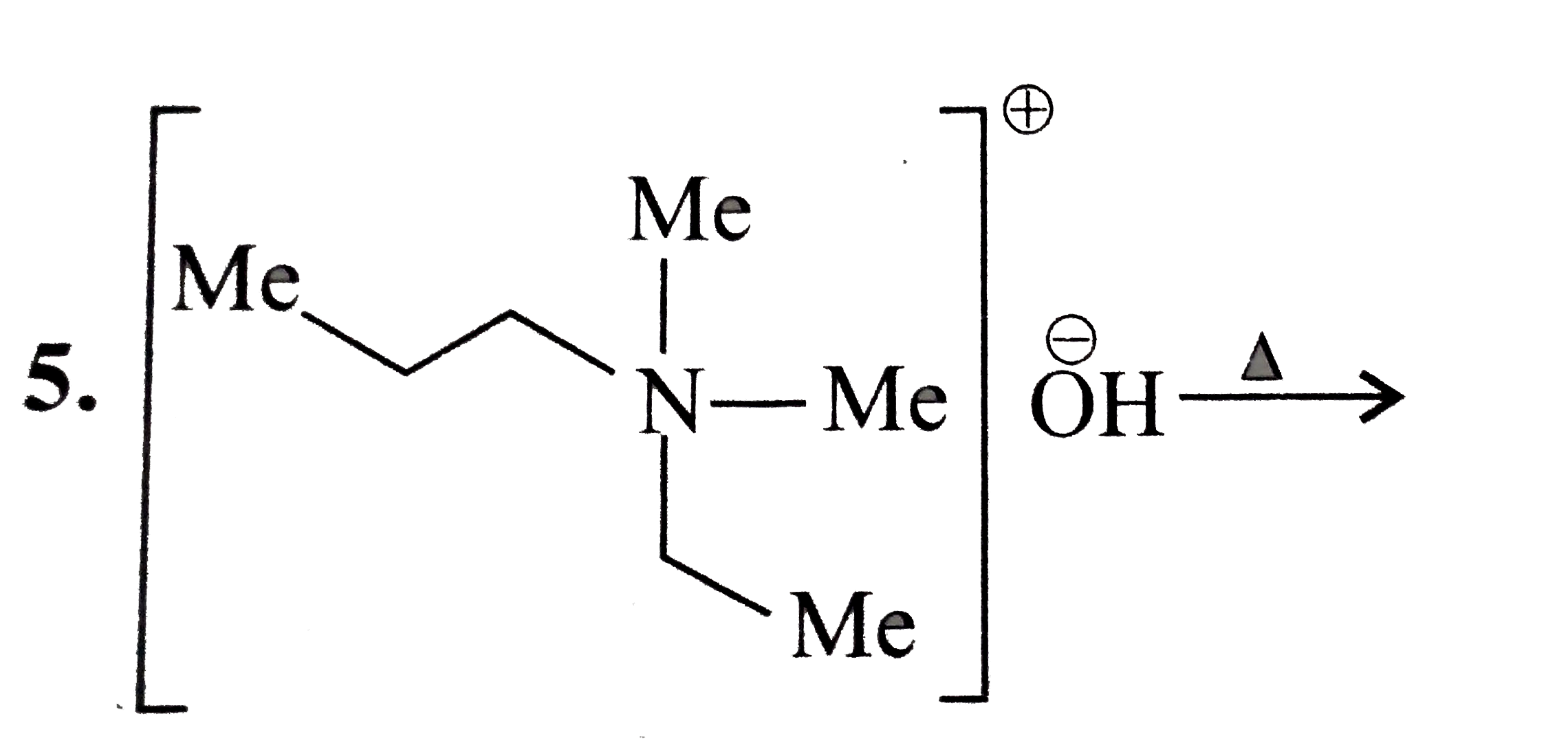 .
. What are the possible products.
What are the possible products.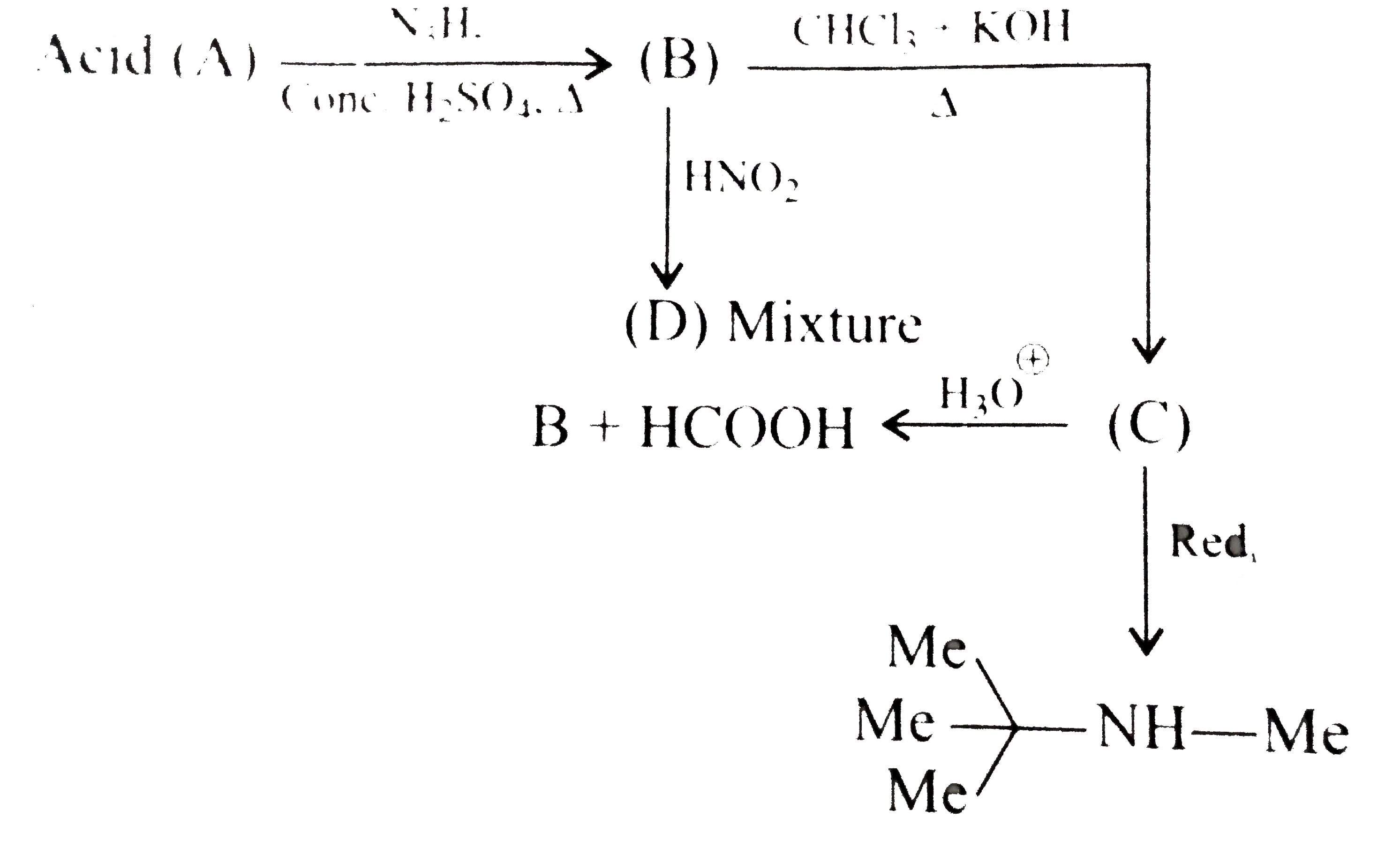 .
. .
. .
. .
. .
.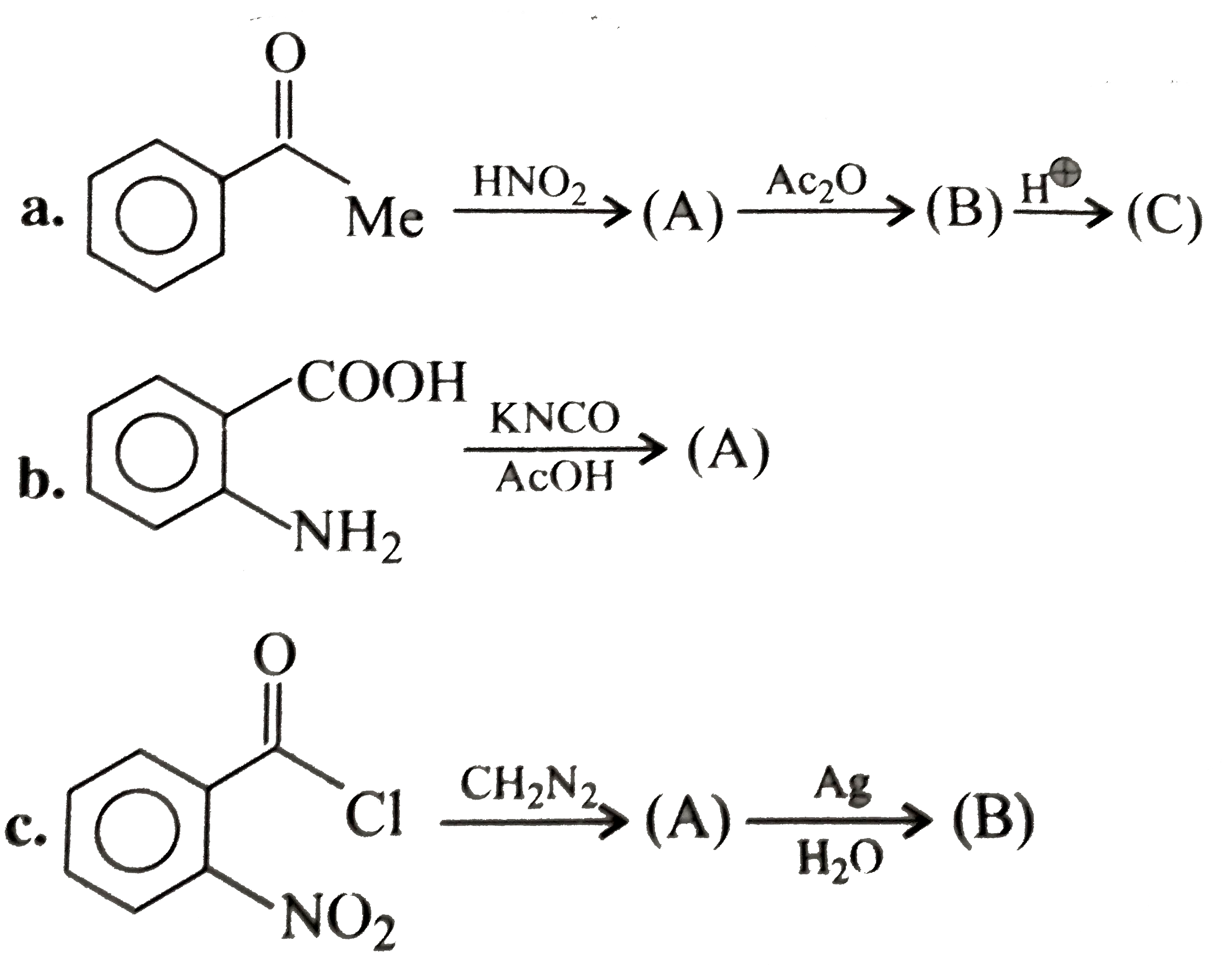 .
.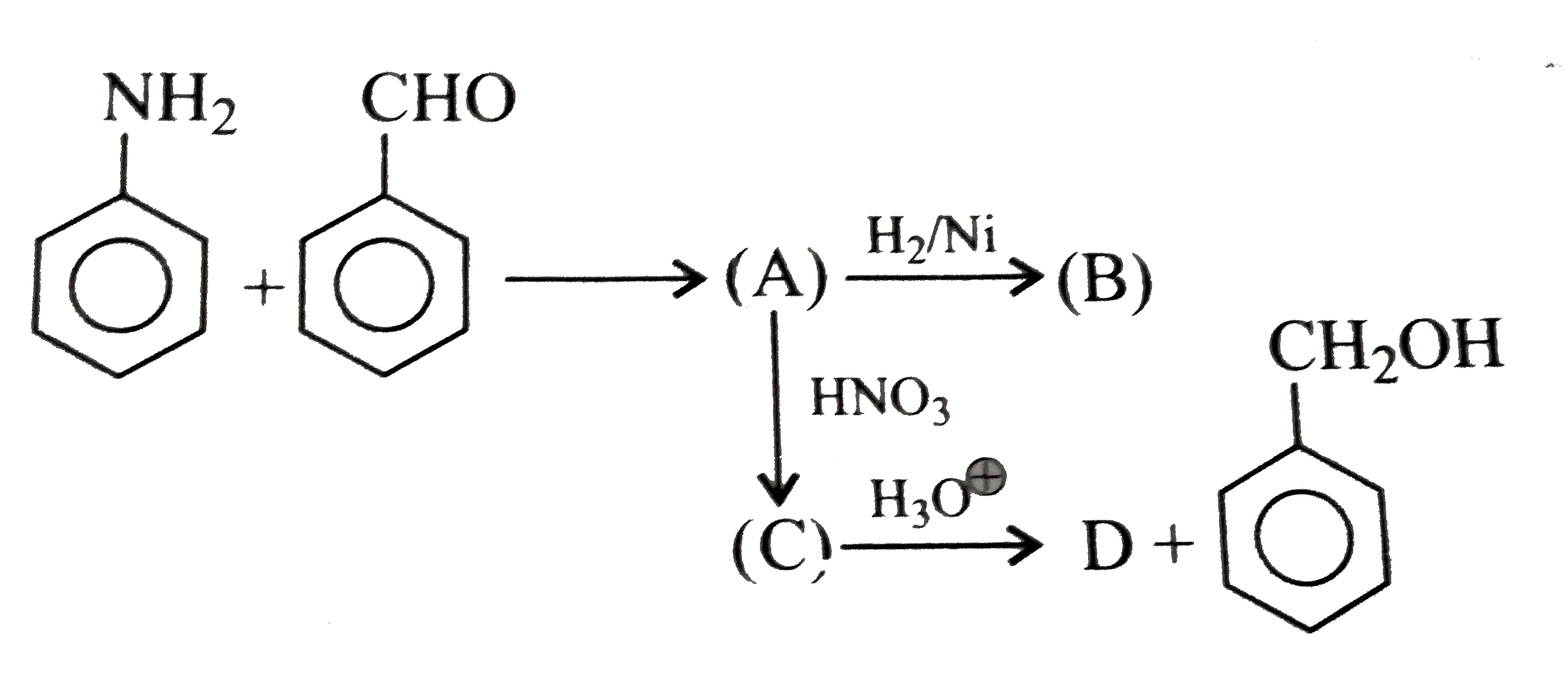
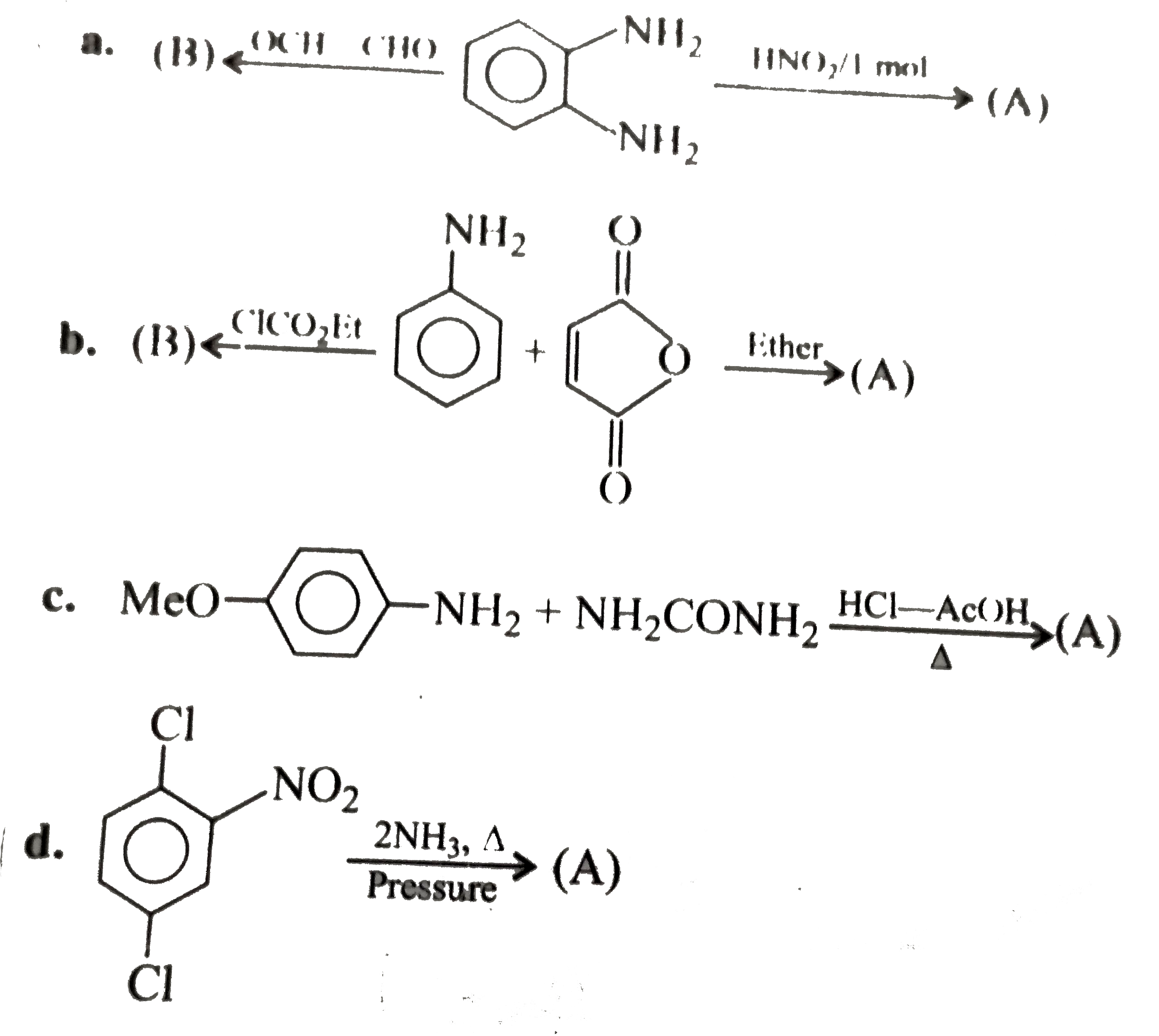 .
. 
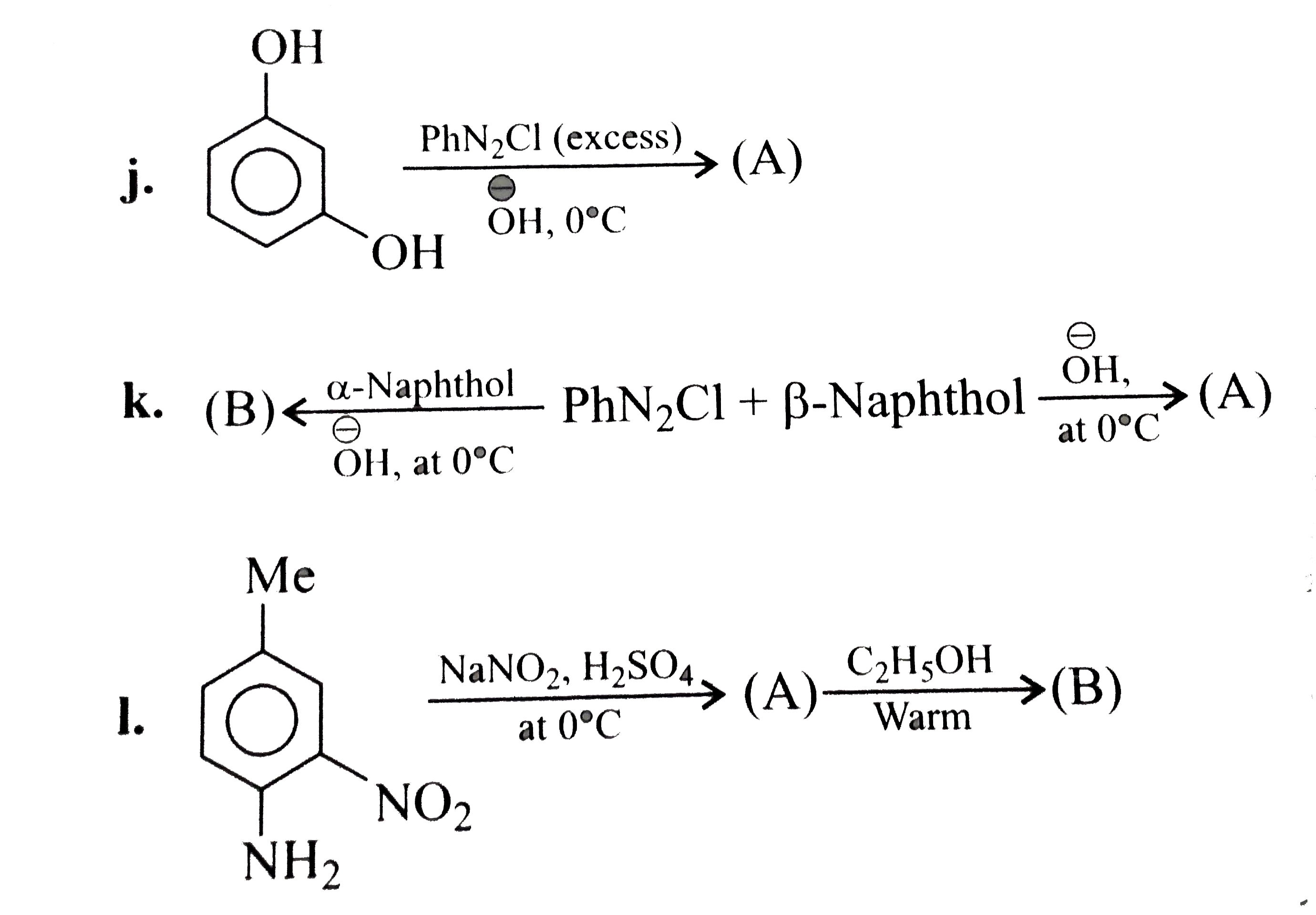
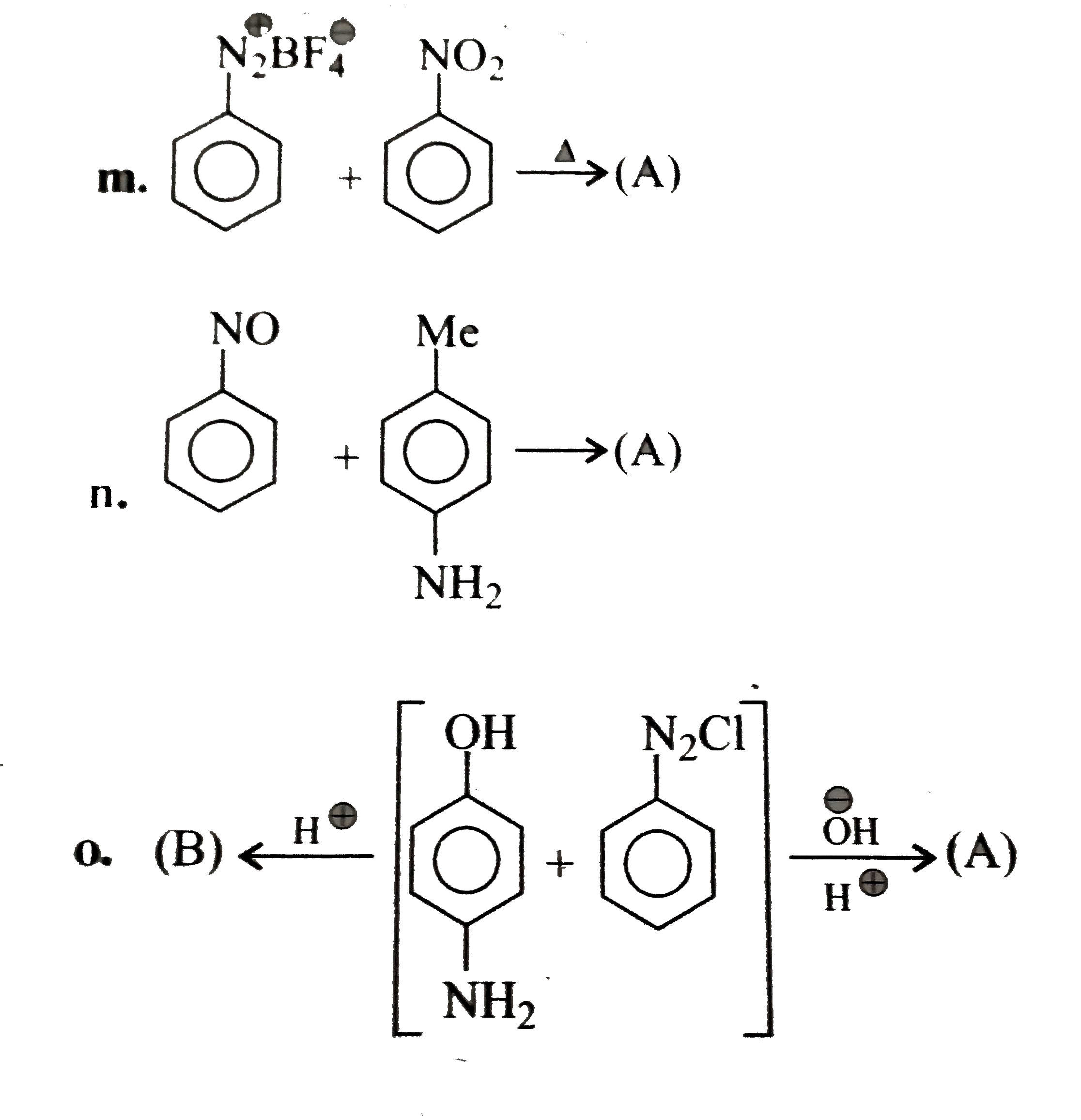
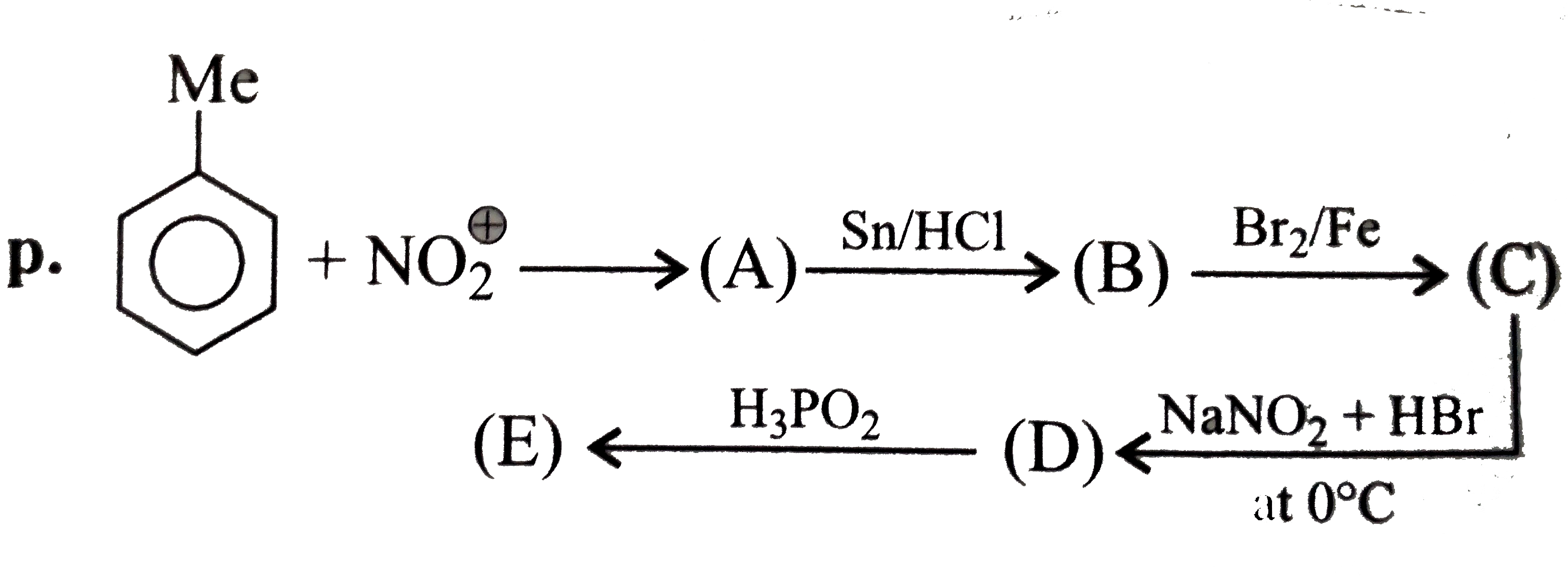 .
. 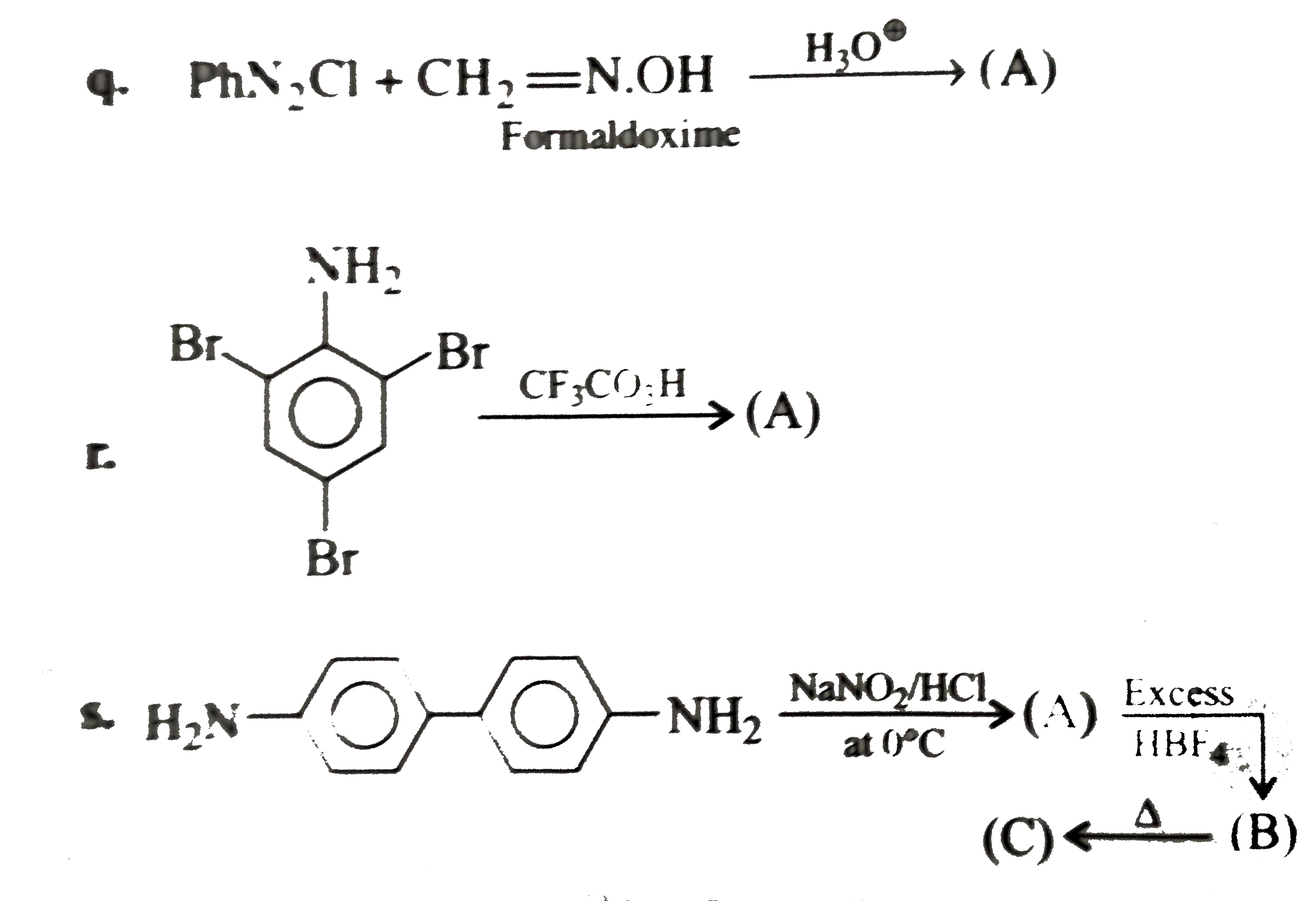
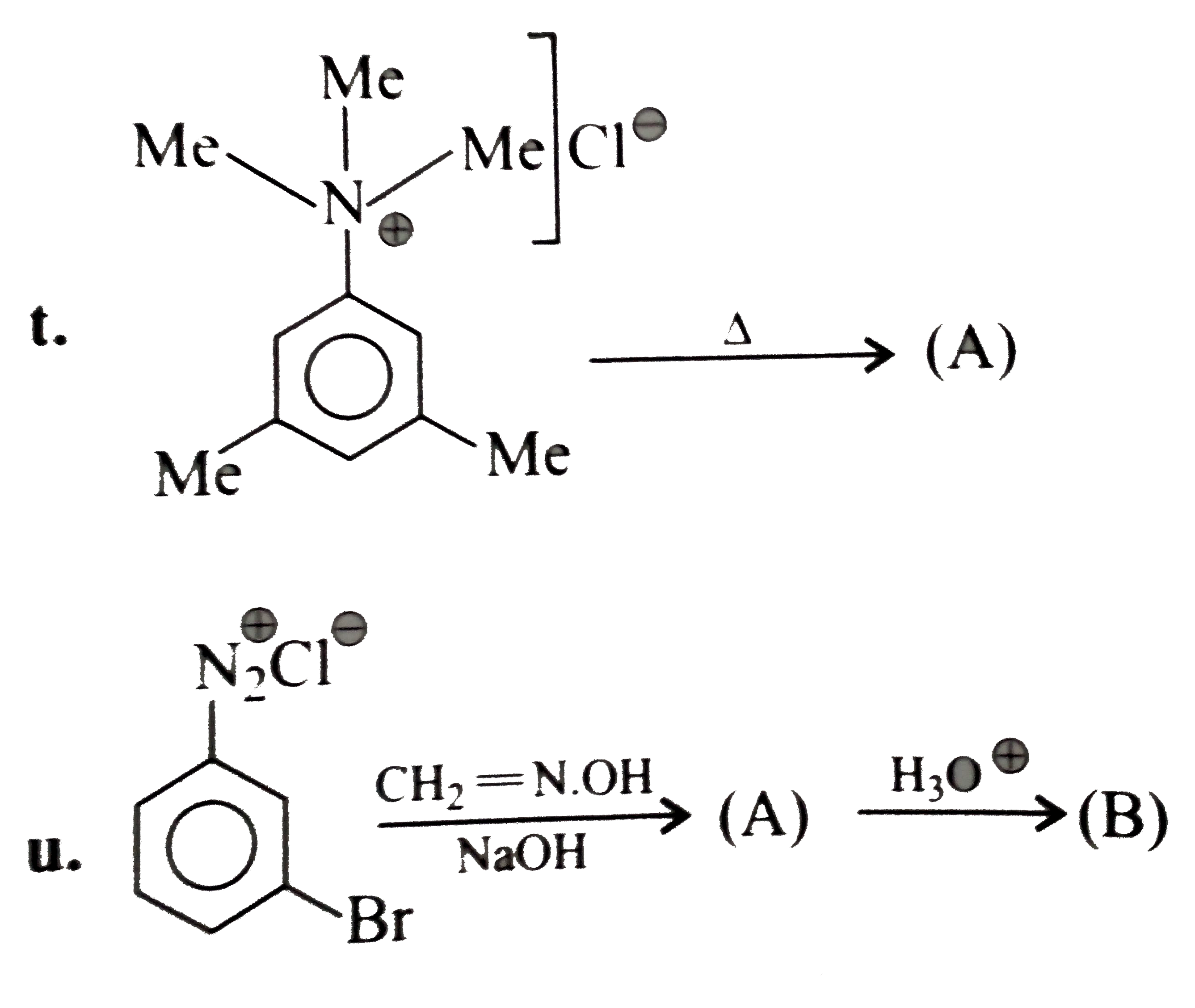
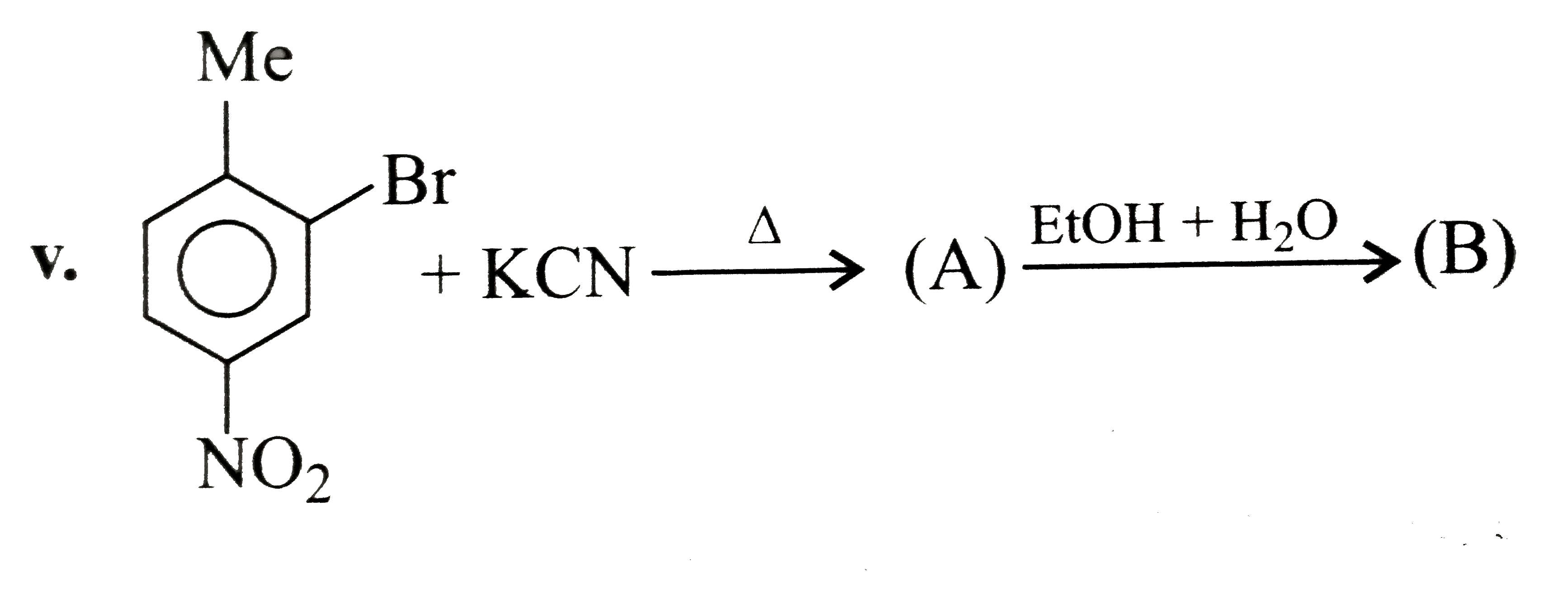
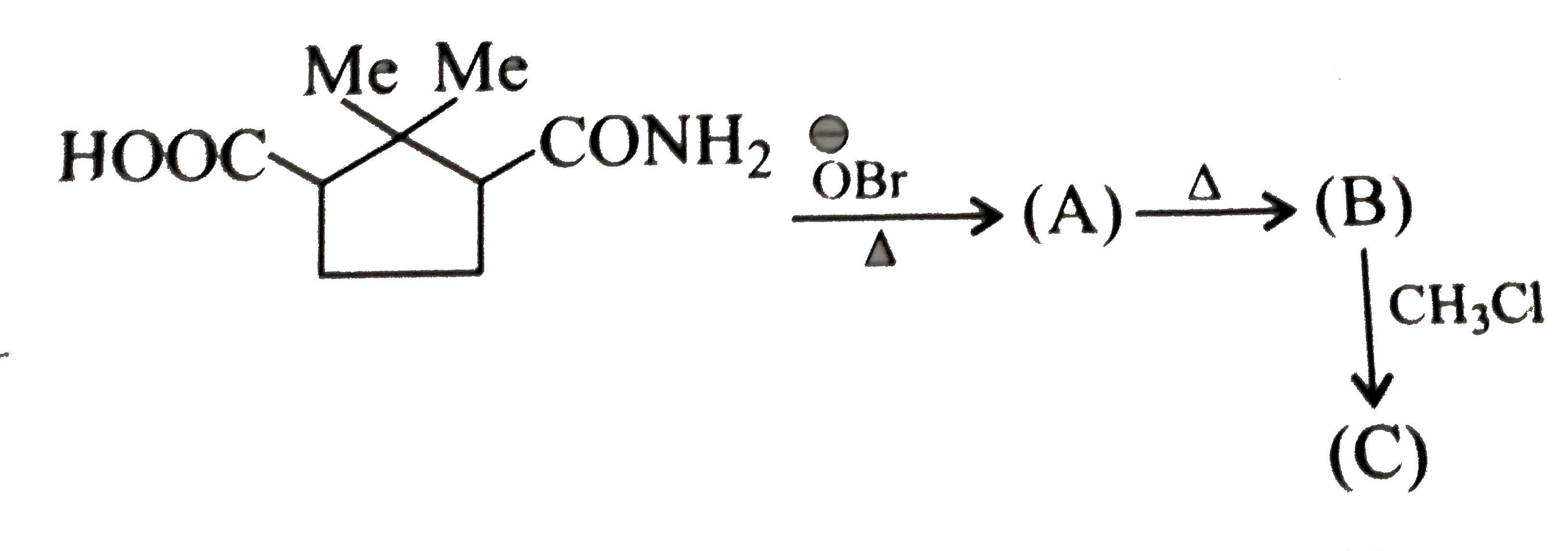
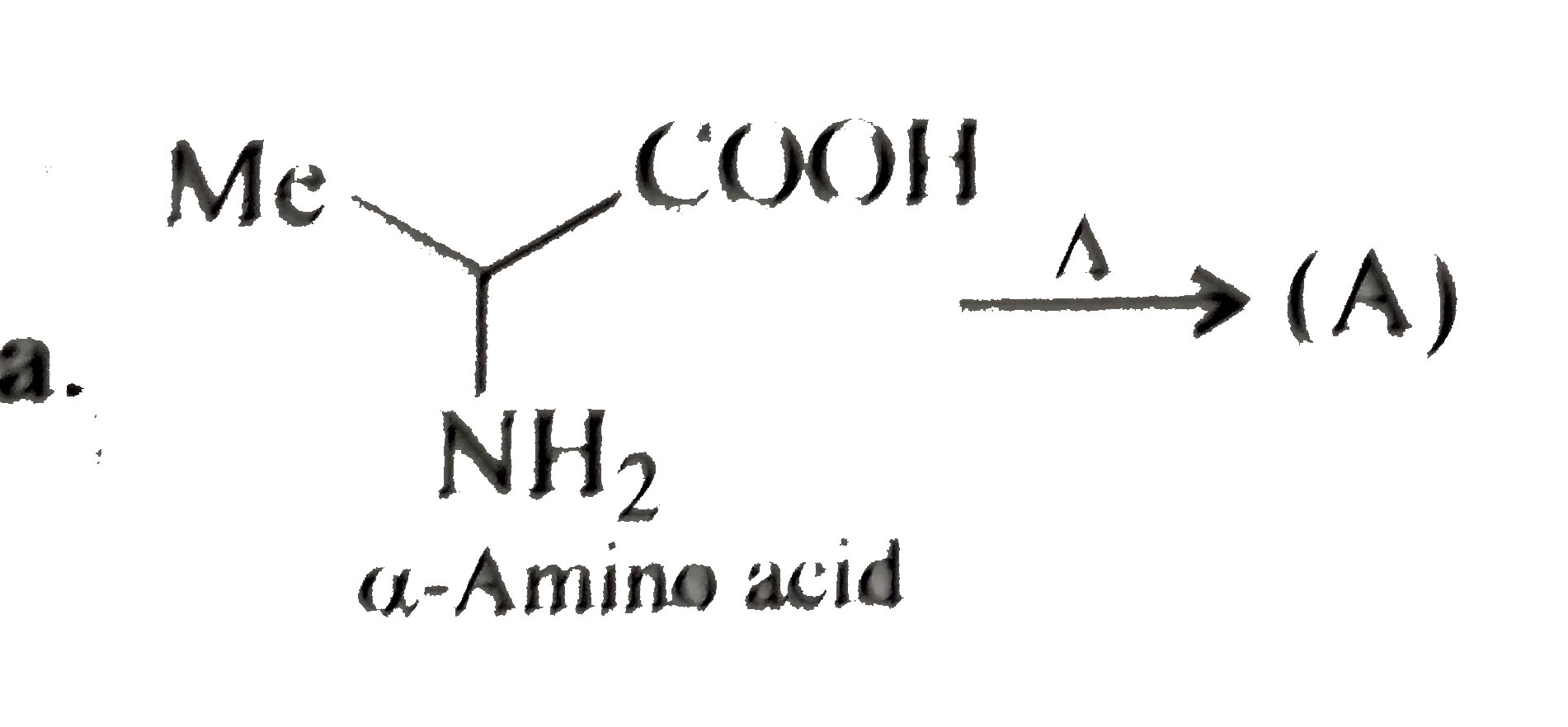
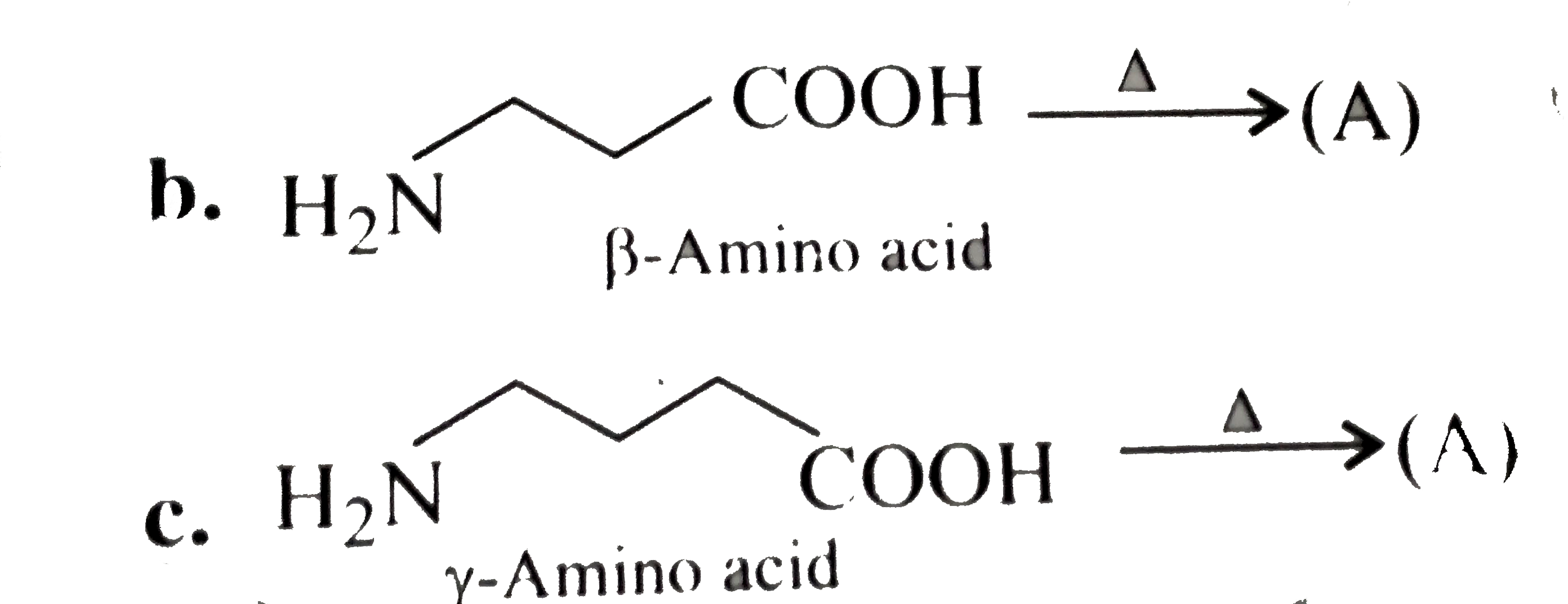 .
.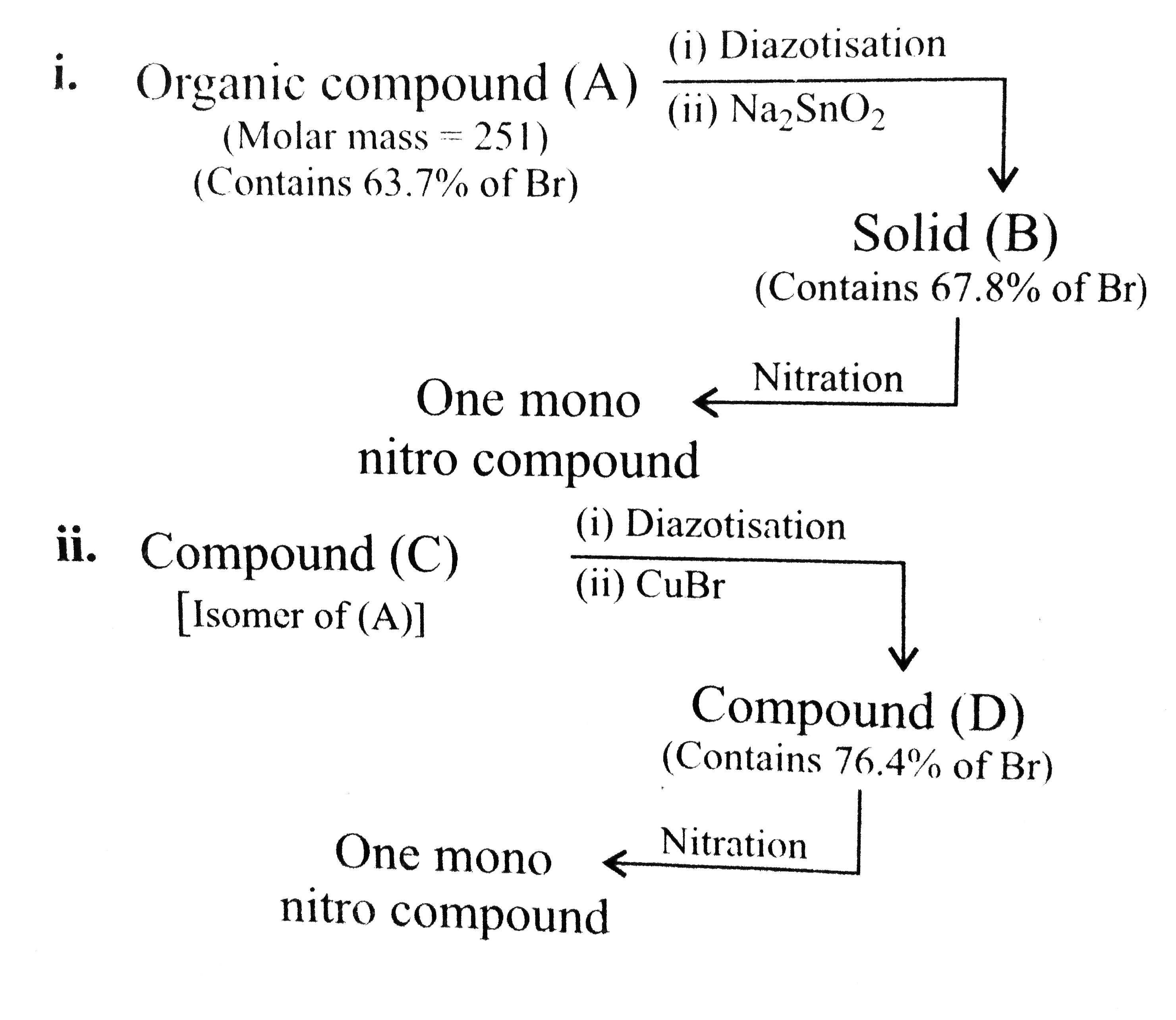
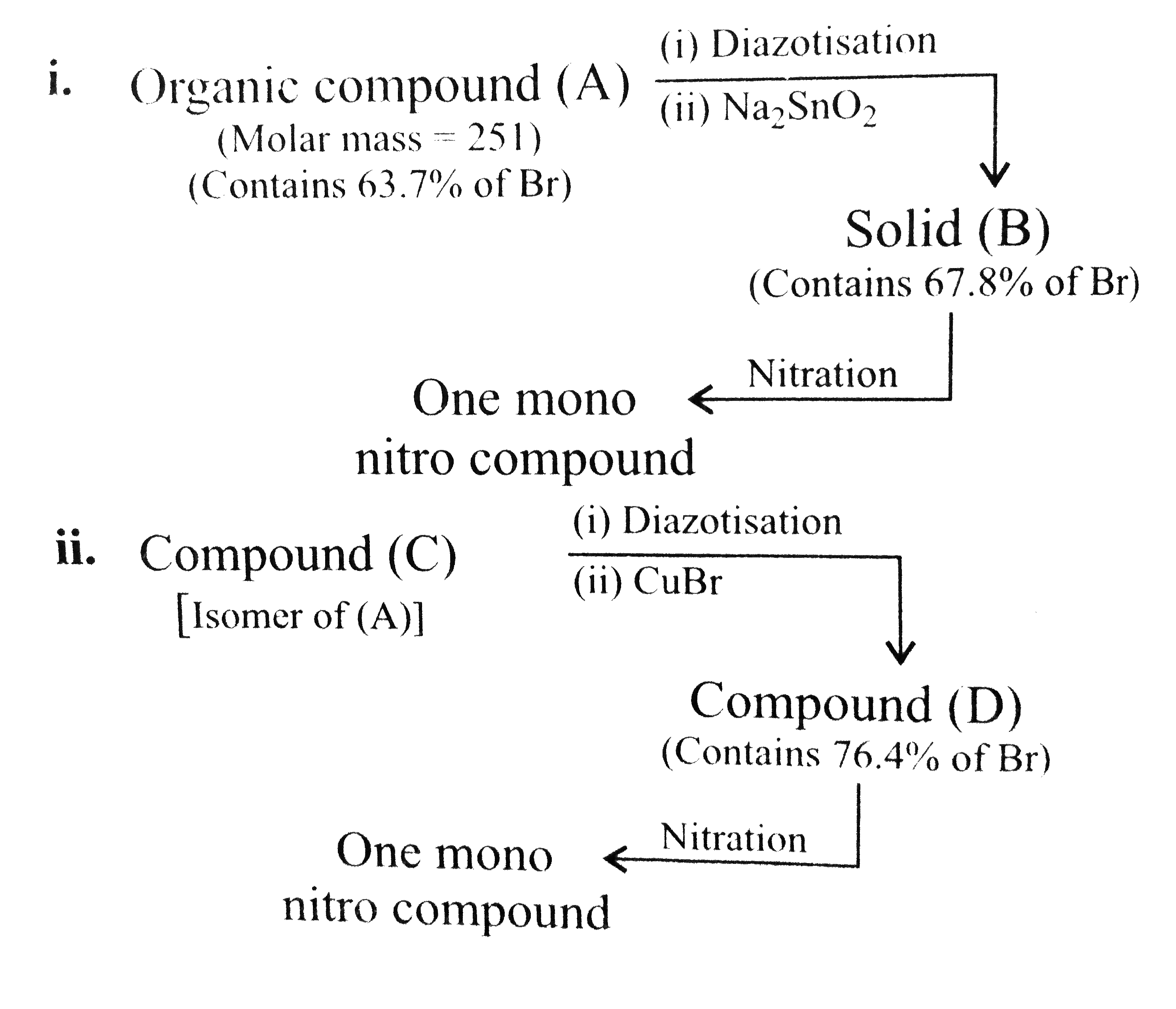

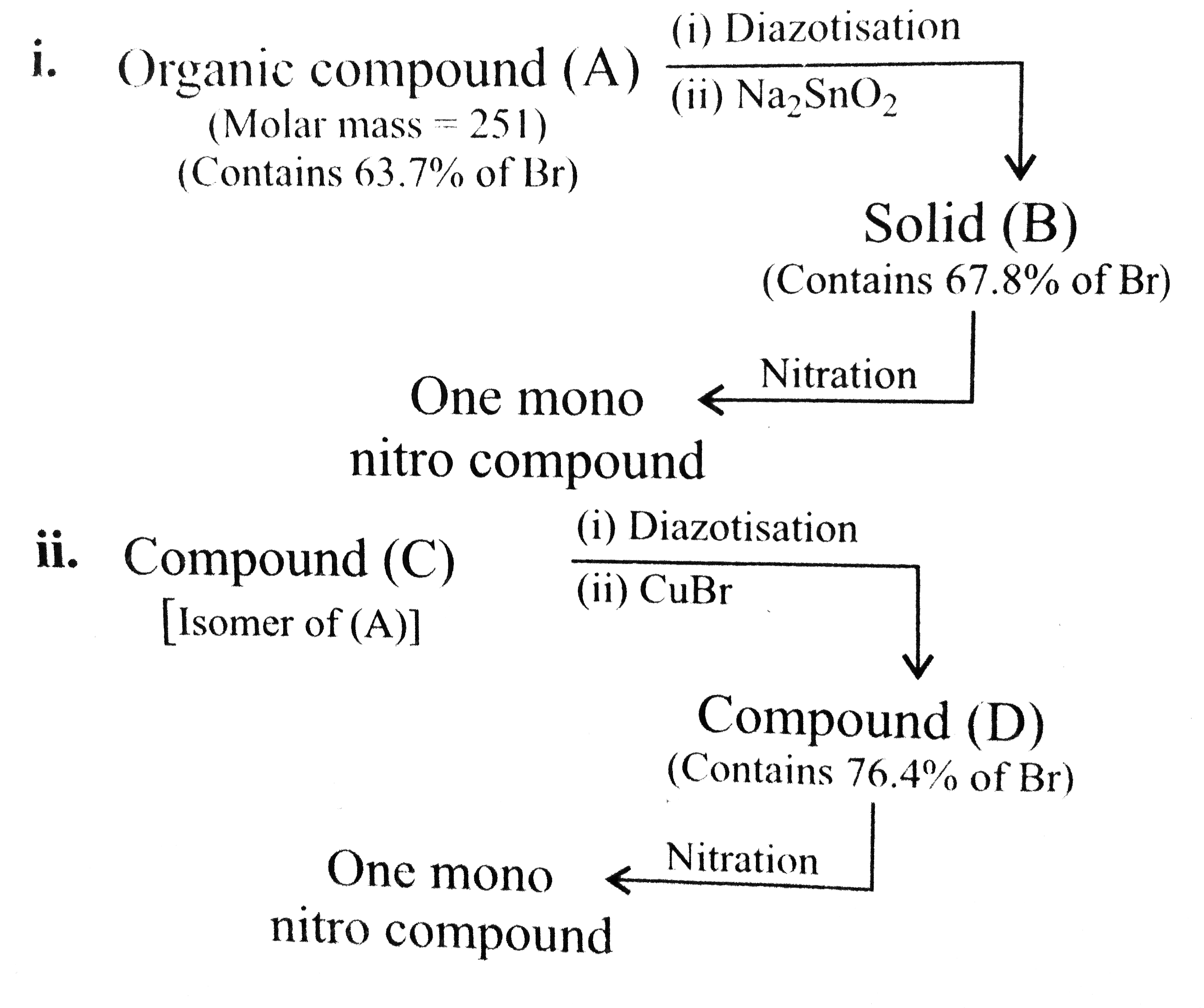

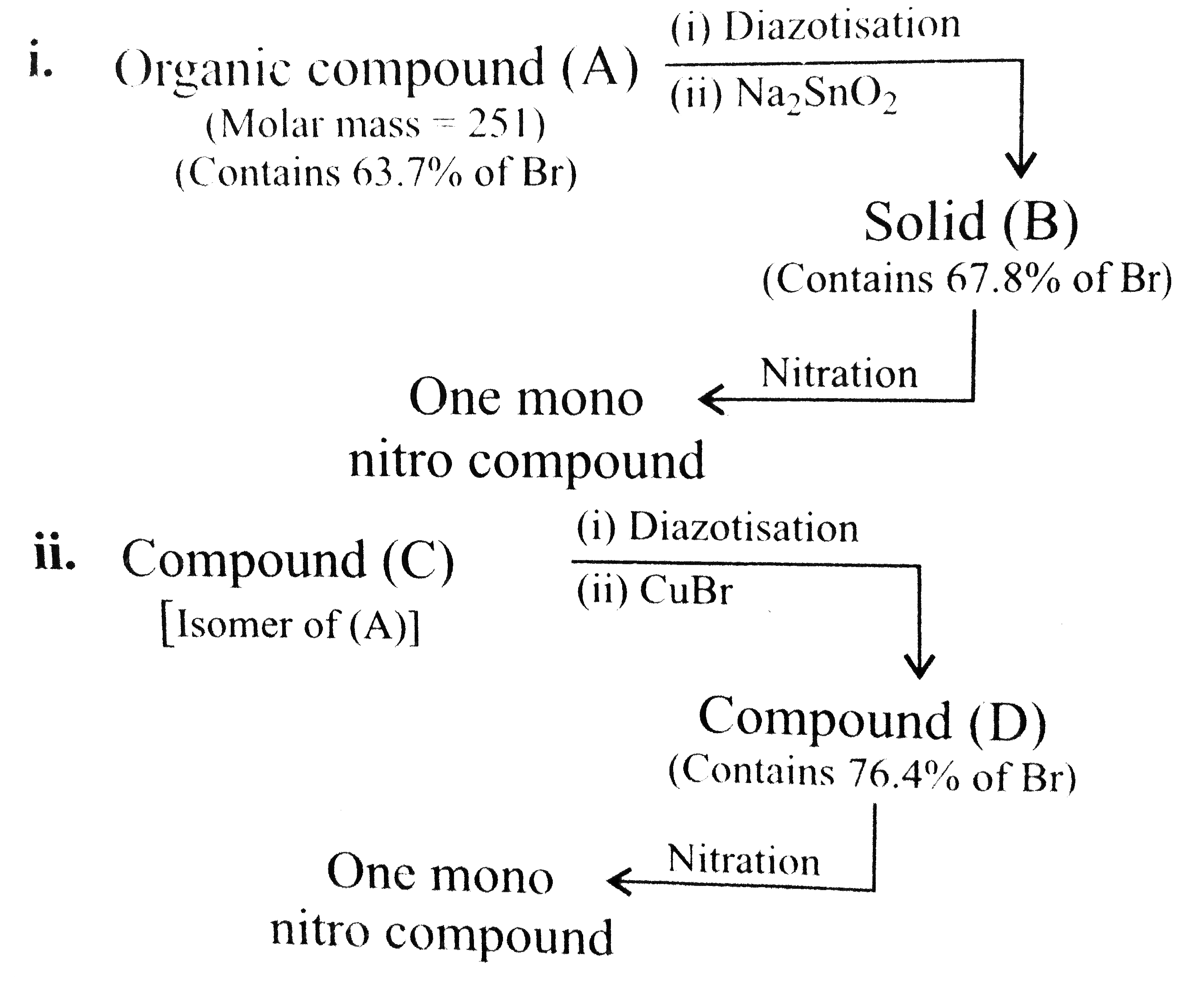

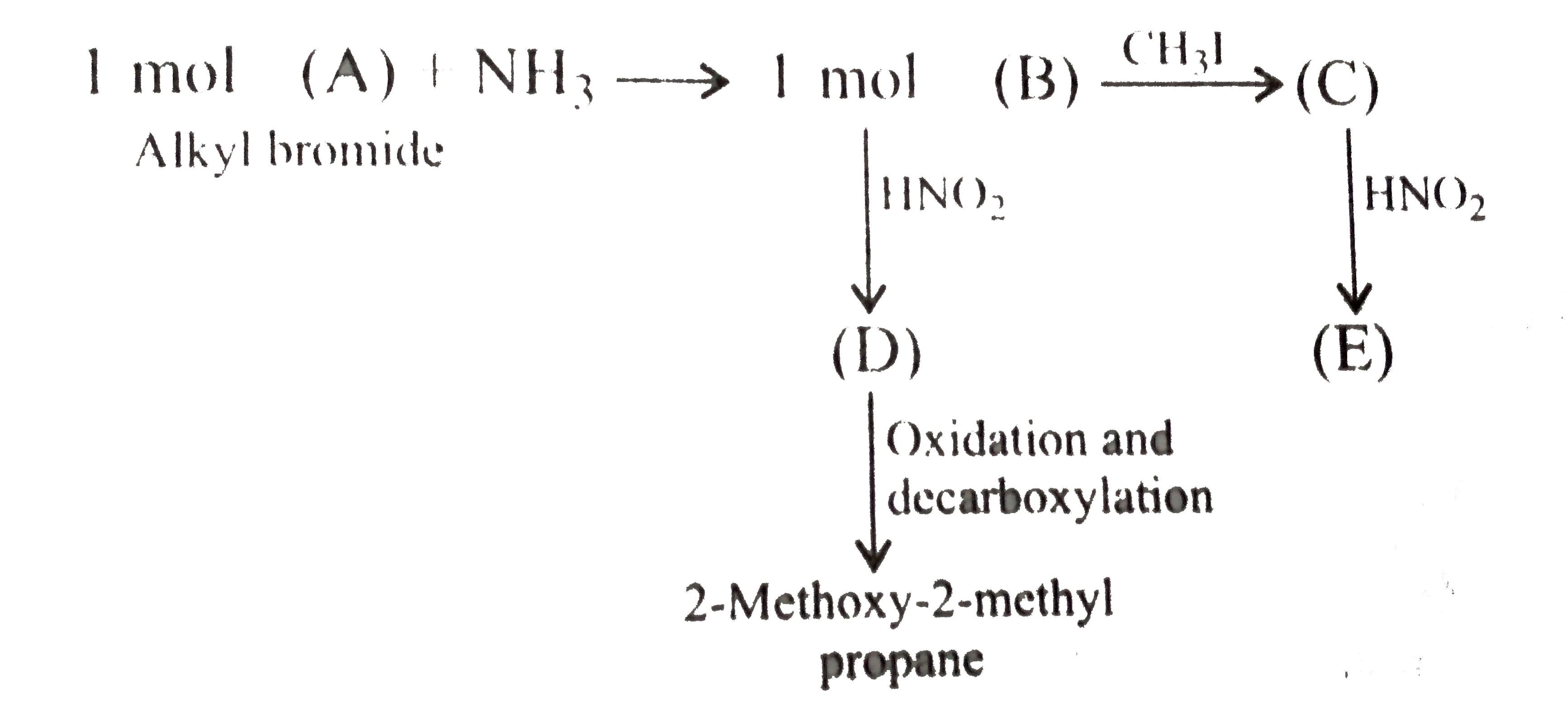 Compound
Compound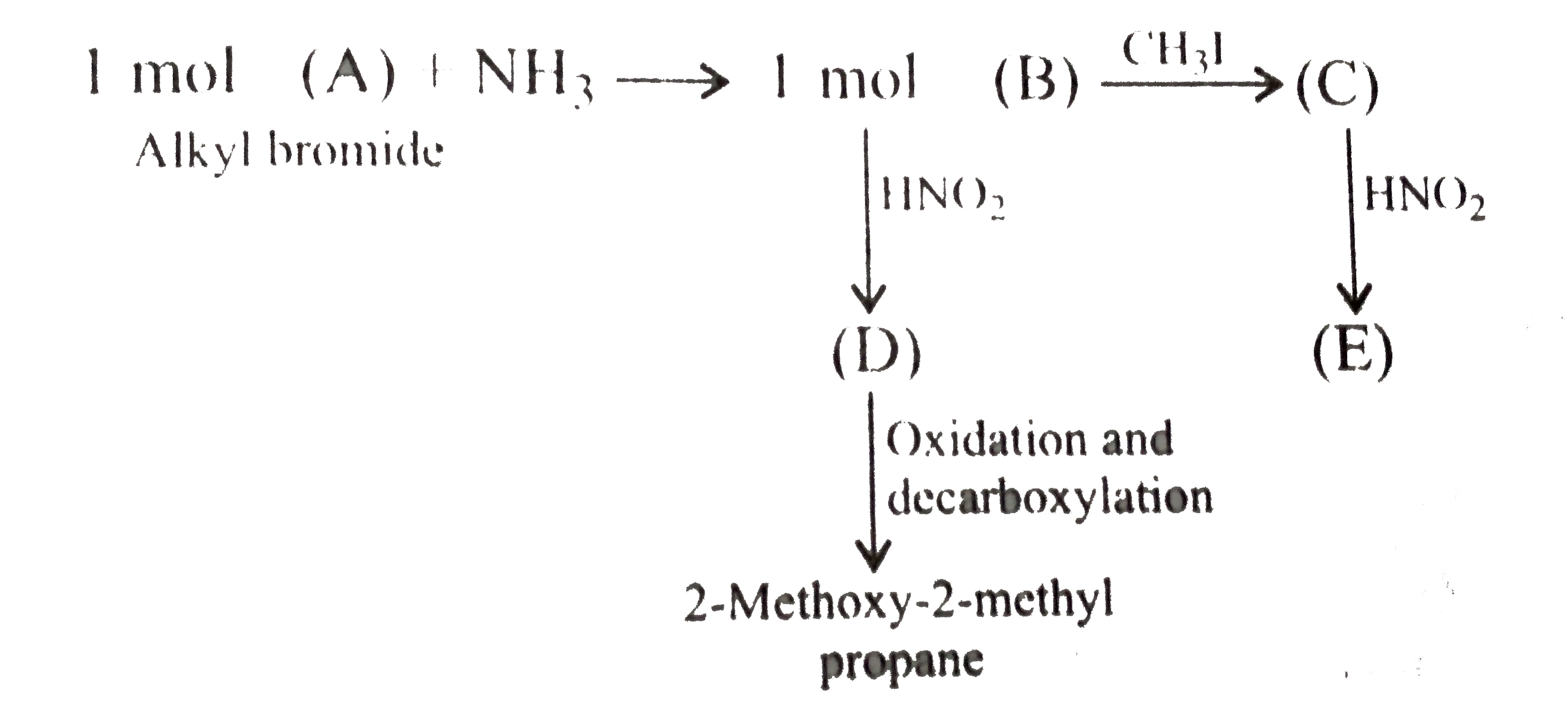 Compound
Compound 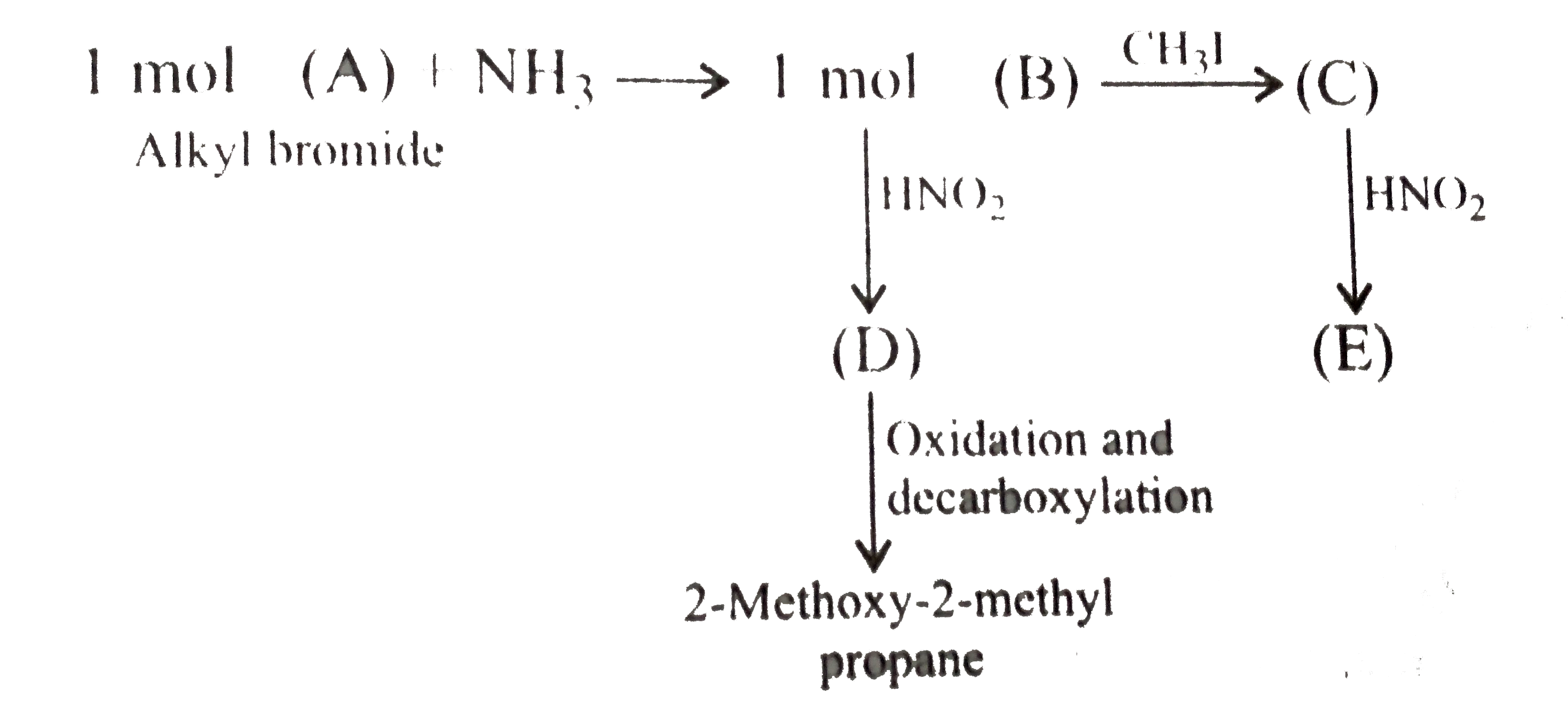 Compound
Compound 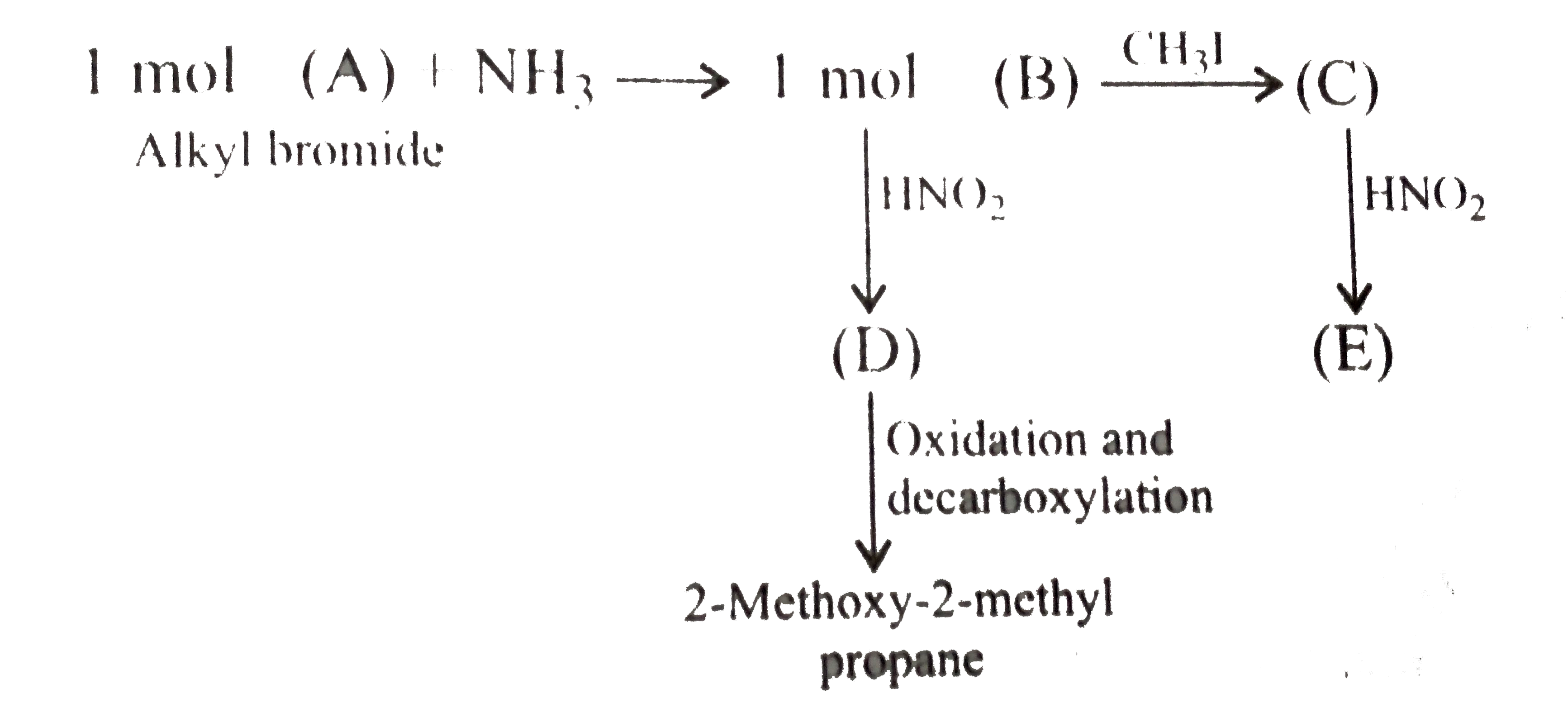 Compound
Compound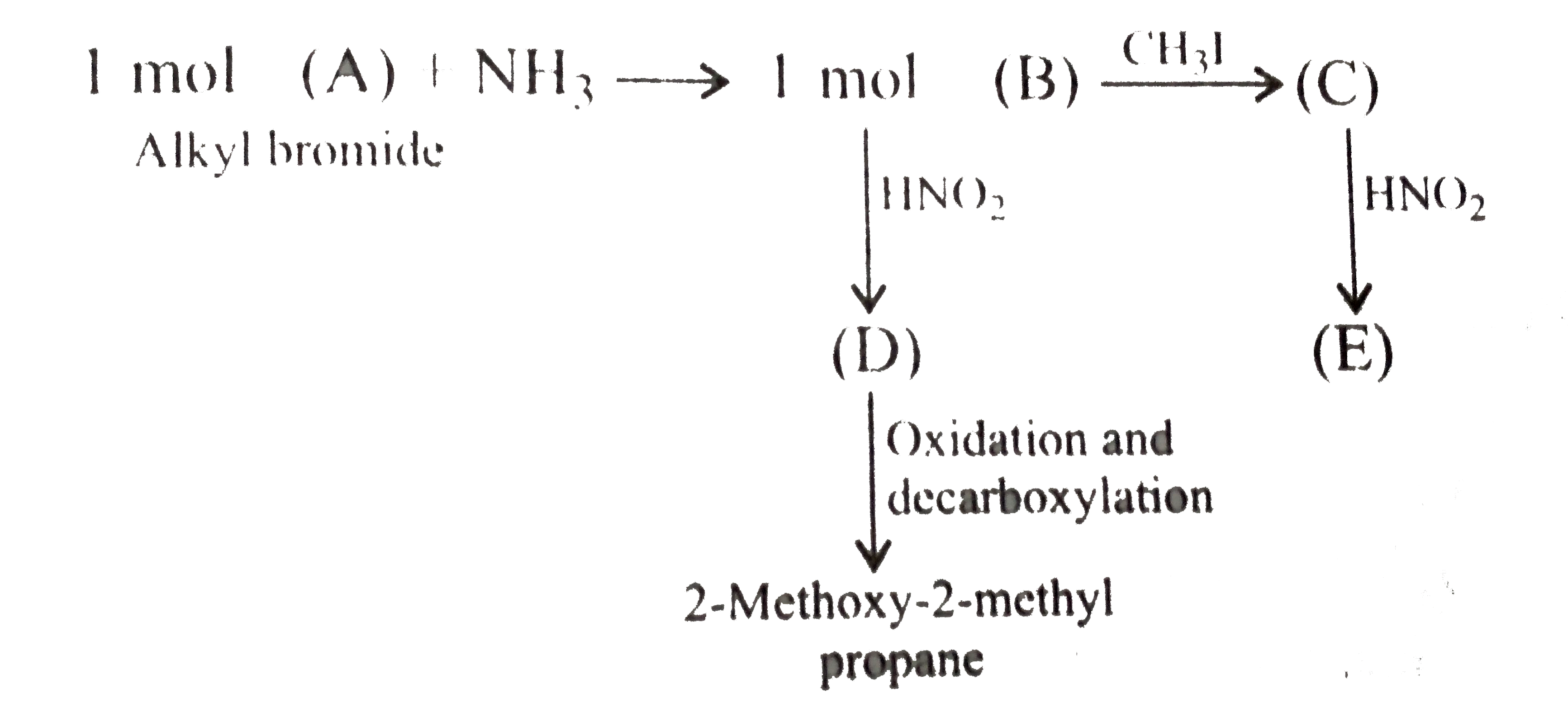 Compound
Compound
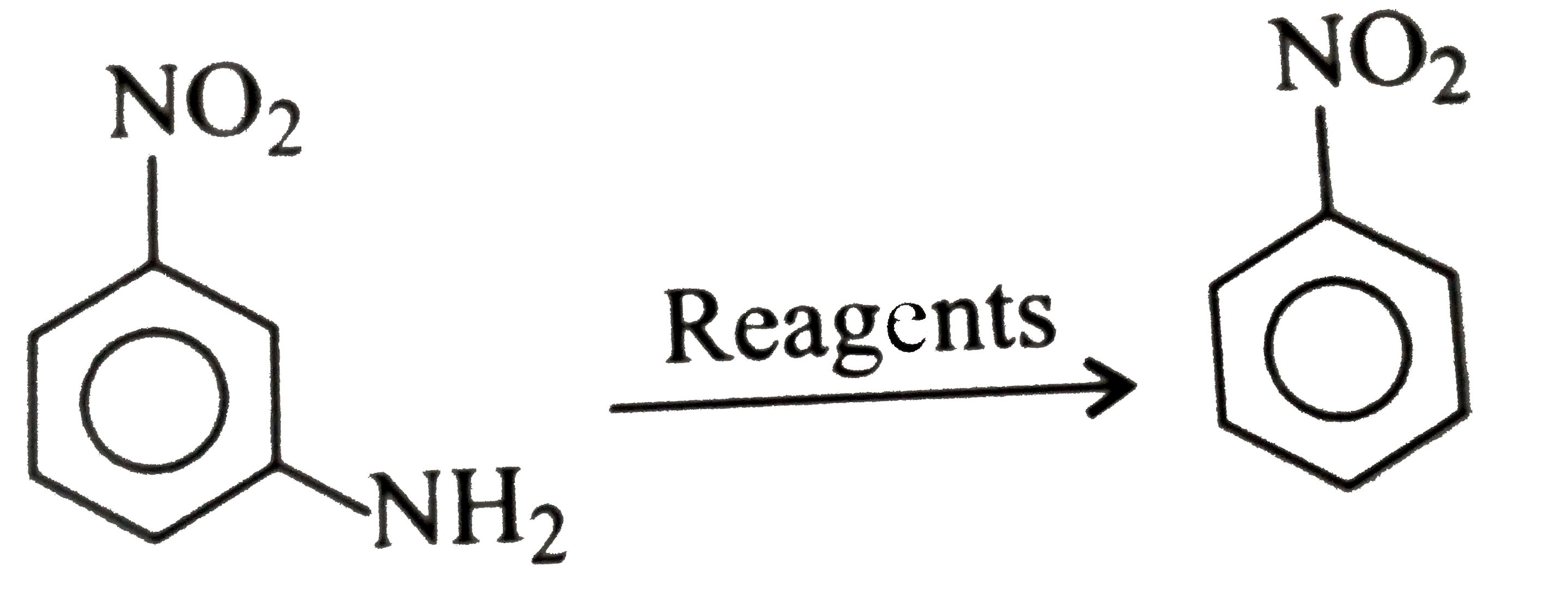
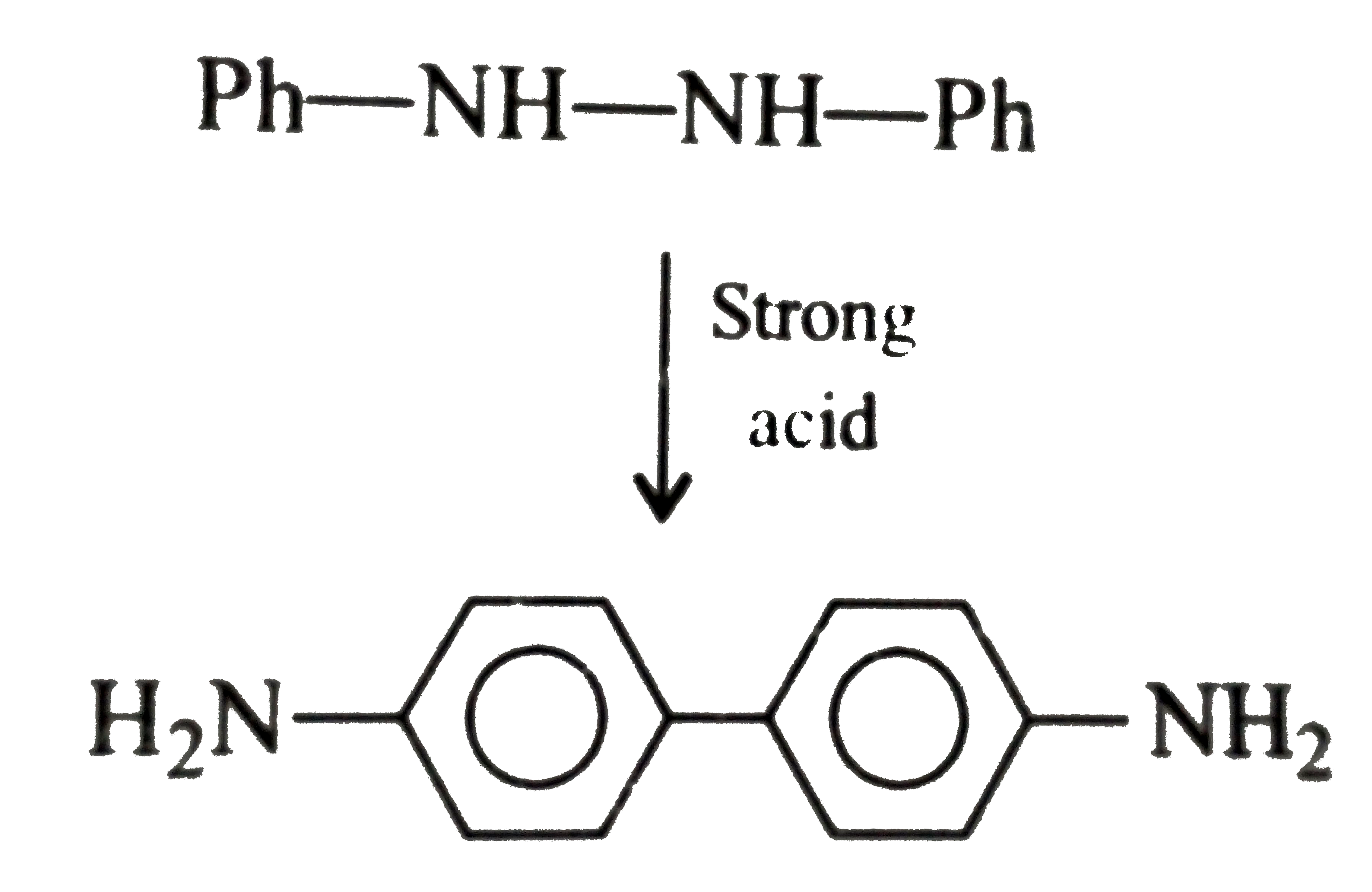 .
.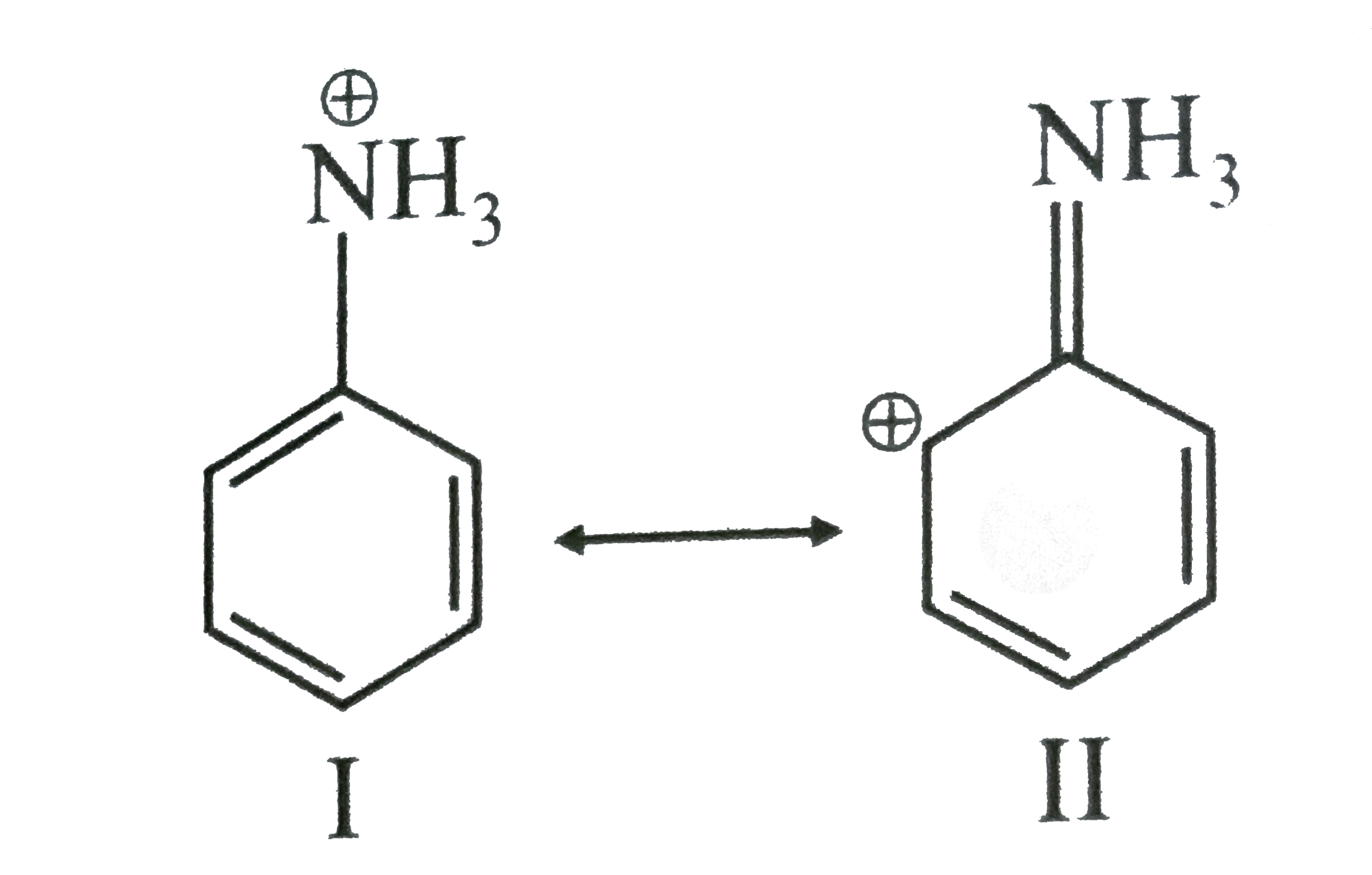
 .
. 
 .
. 
 .
. .
.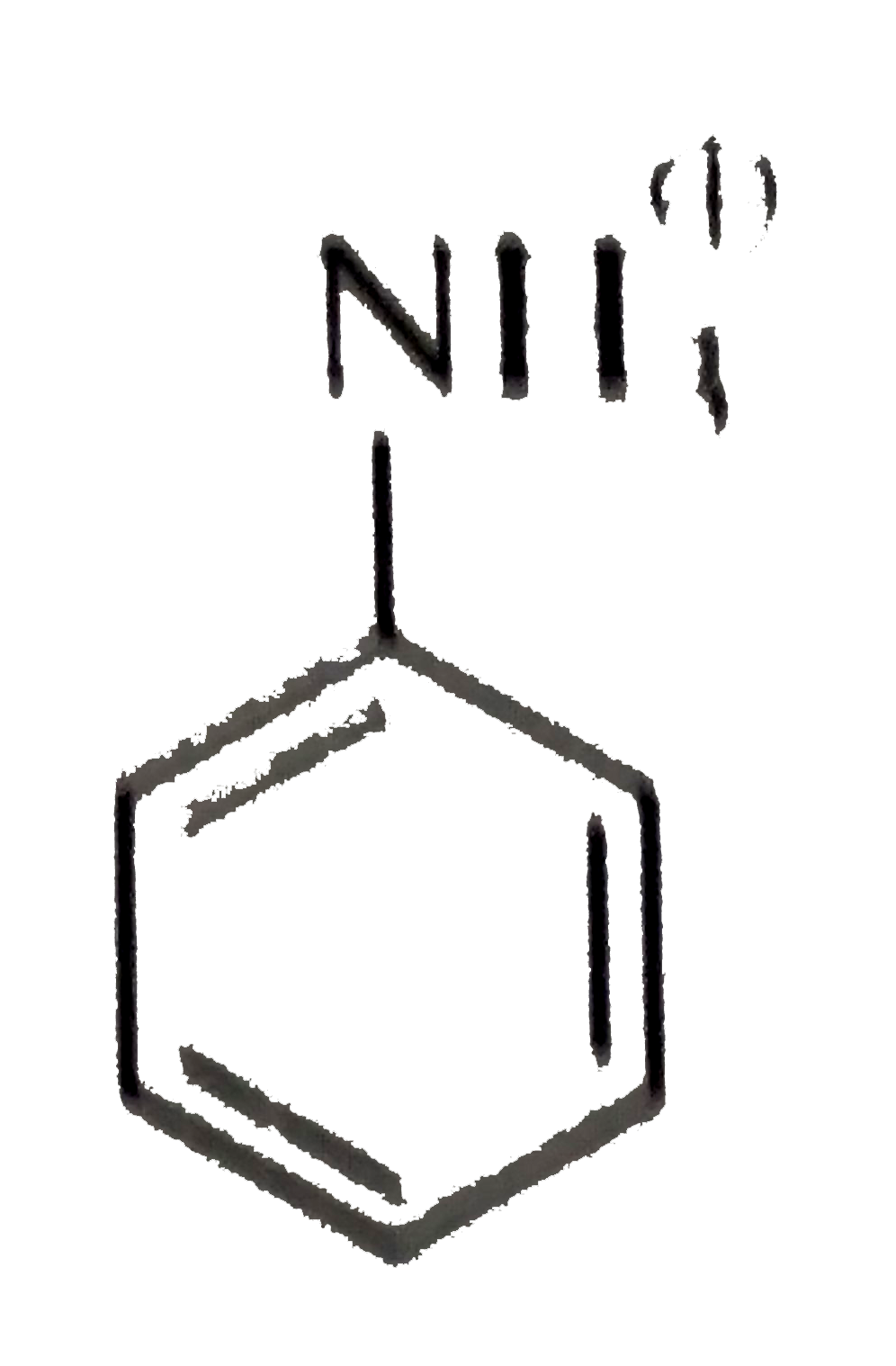
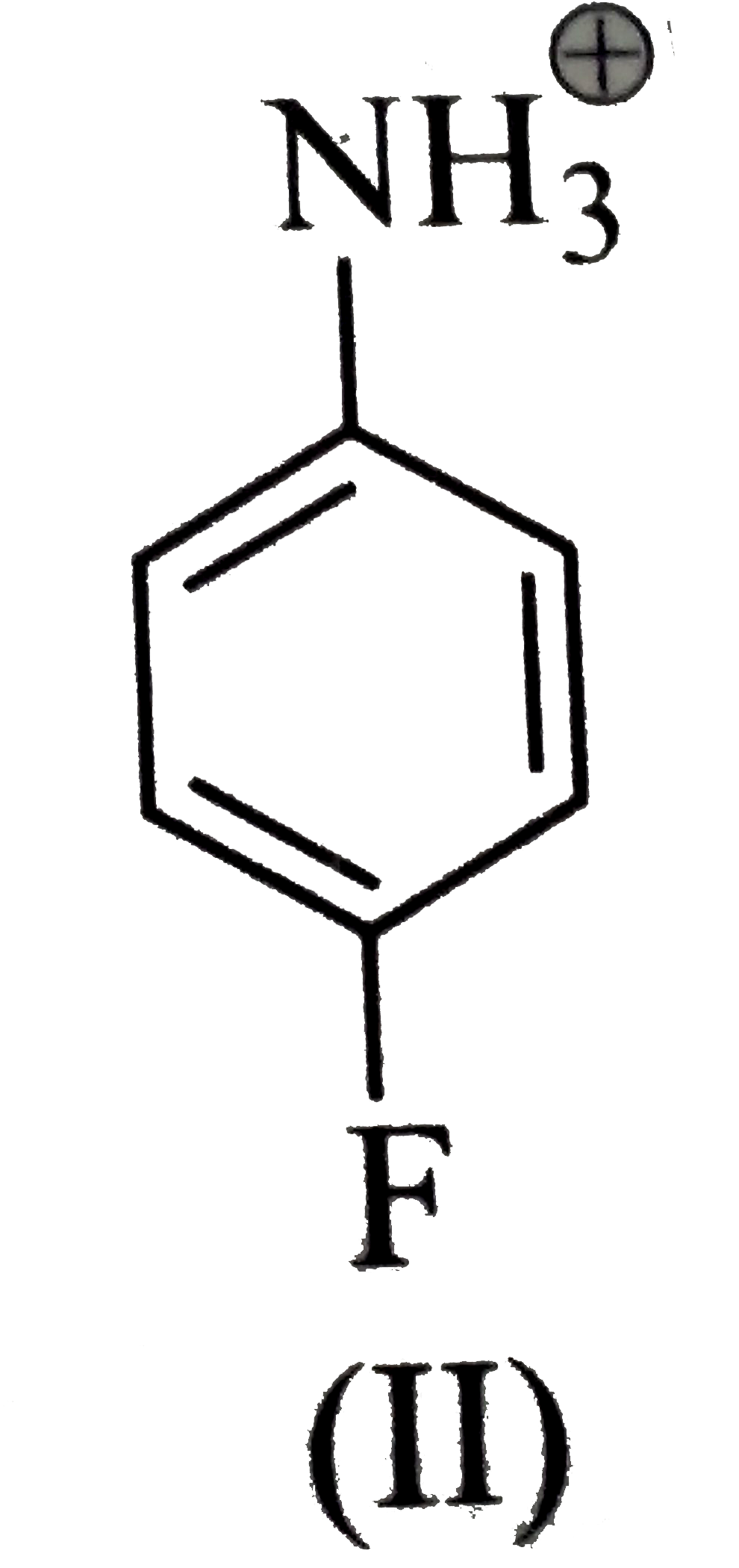
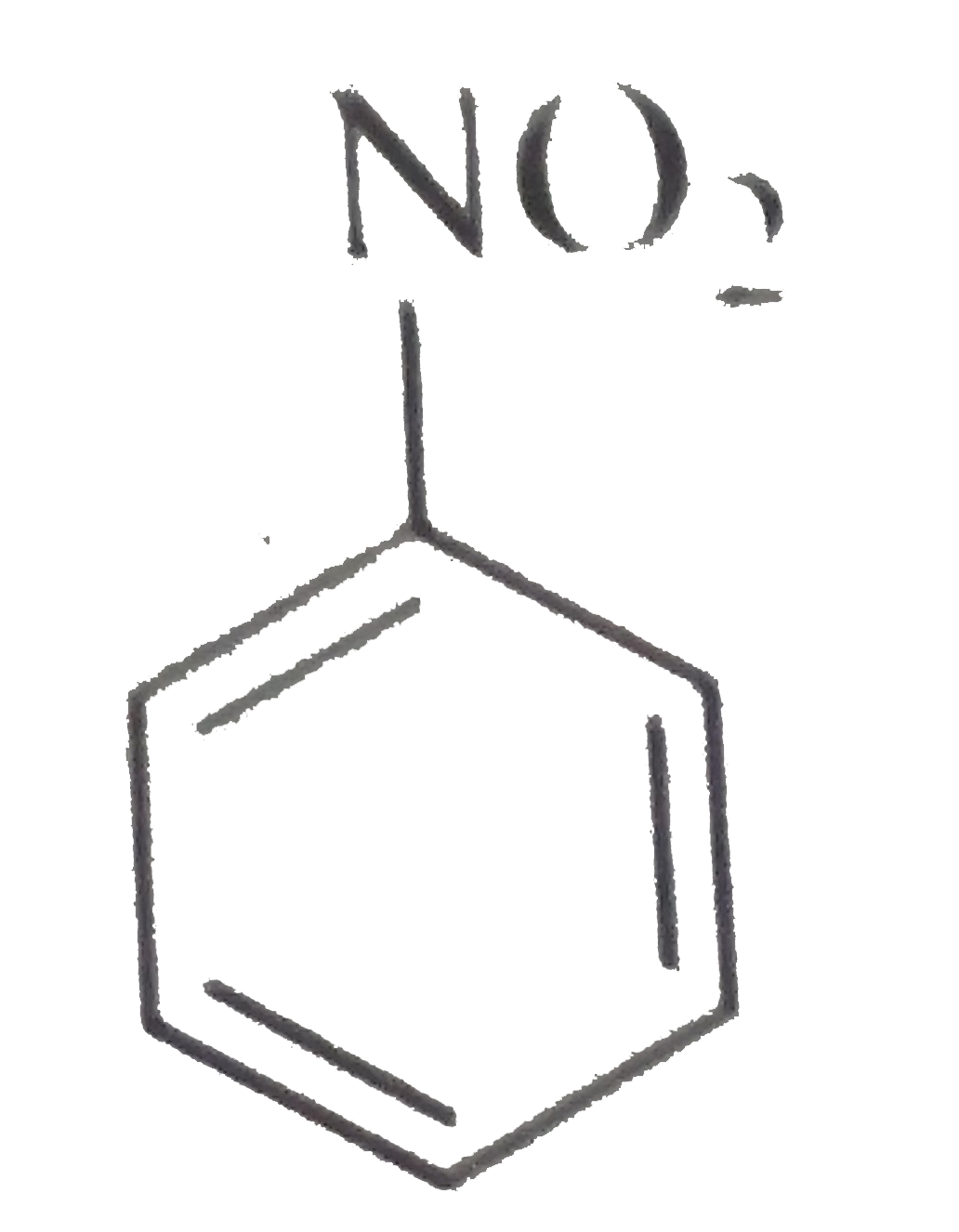
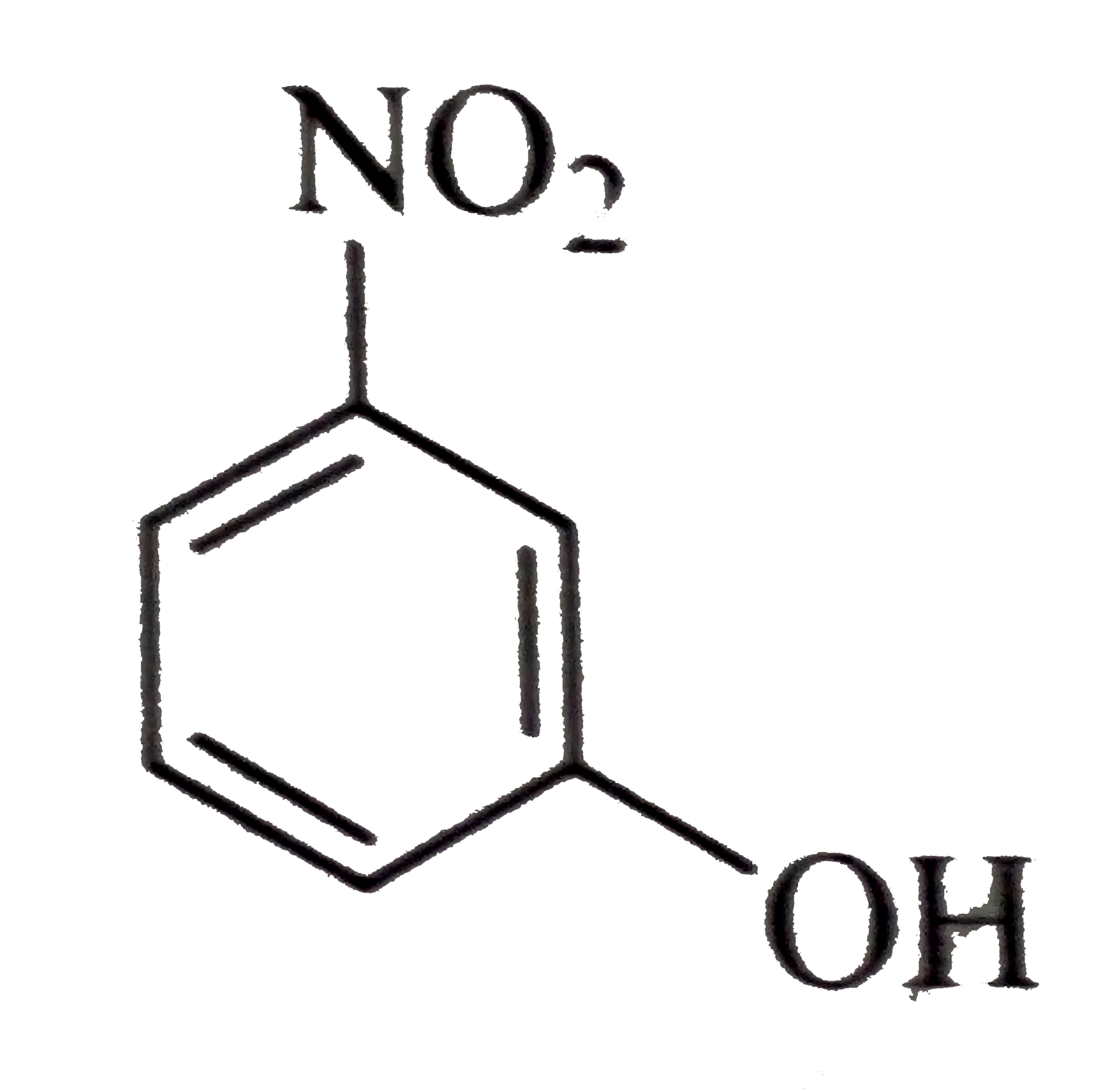 in not more than four steps. Also mention the temperature and reaction conditions.
in not more than four steps. Also mention the temperature and reaction conditions. 